( This is going to be a long one. Images + slides + some context in words. )
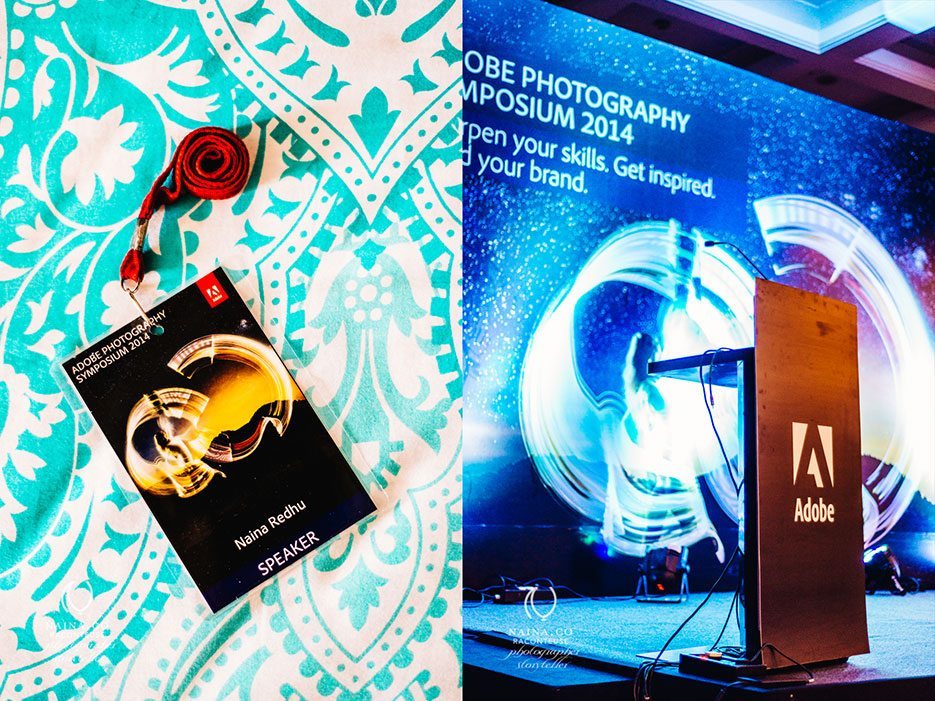
Yup. Speaker. My first professional speaking engagement. Thank you Adobe! This was the Adobe Photography Symposium at Bangalore on the 26th of June, 2014.
There was a splendidly packed hall with approximately 350 registrations! And I was in illustrious company. Other speakers included Janie Lim, Marketing Director-Digital Media, APAC, Adobe Systems, Sudhir Shivaram, Wildlife Photographer, Jayanth Sharma, Natural History Photographer & Co-founder, Toehold Travel & Photography Private Limited, Abhishek Mukherjee, Evangelist and Solution Consultant- India, Adobe Systems, Naina Redhu, Luxury & Lifestyle Photographer & Brand Storyteller i.e. MEEEE! and Neeta Shankar, Wedding & Lifestyle Photographer.
Once the audience settled down, it was clear that the male:female ratio on the speaker list was far better than the male:female ratio in the audience.
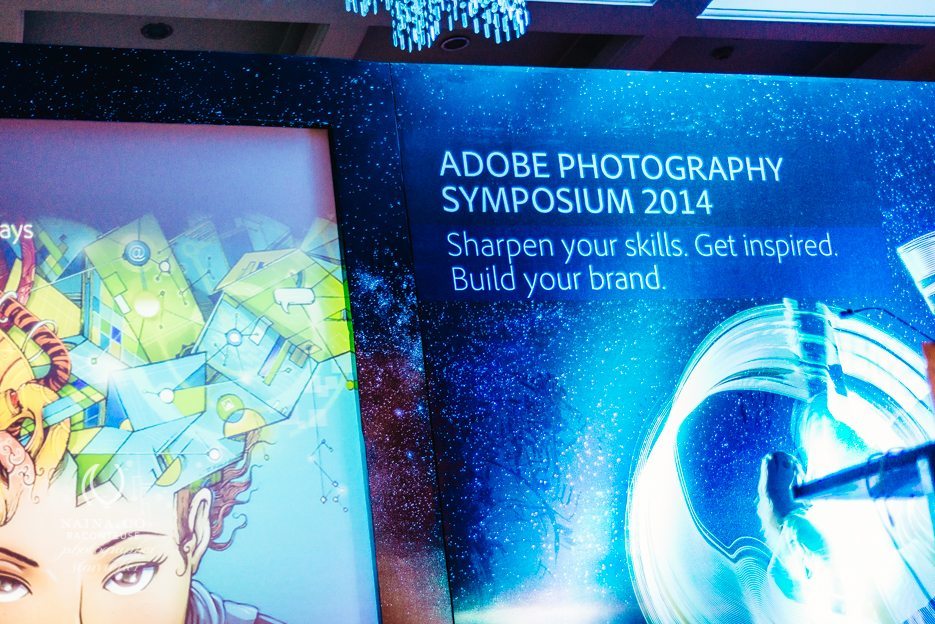
Janie spoke a little about the latest Creative Cloud release that I blogged about here.
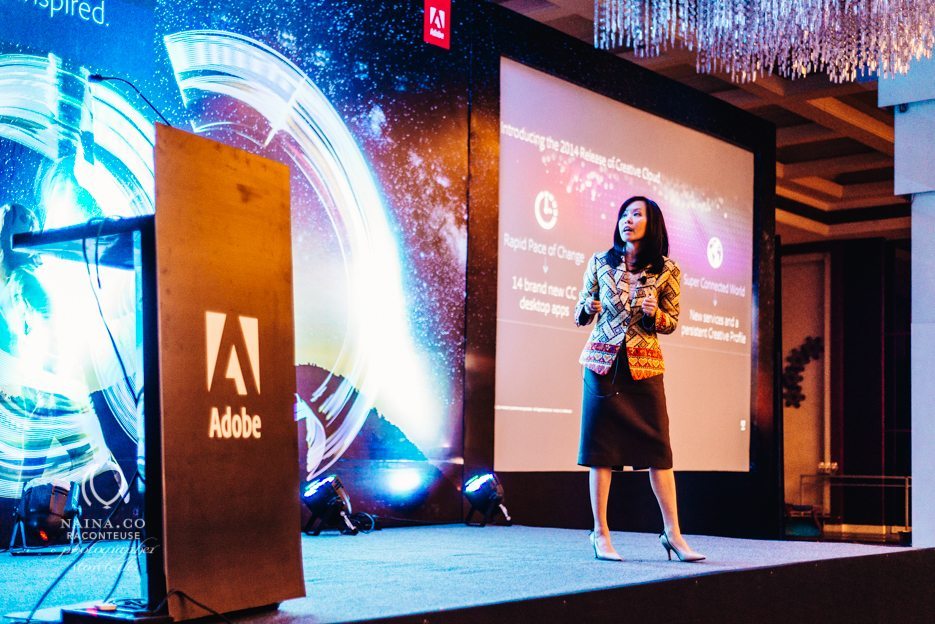
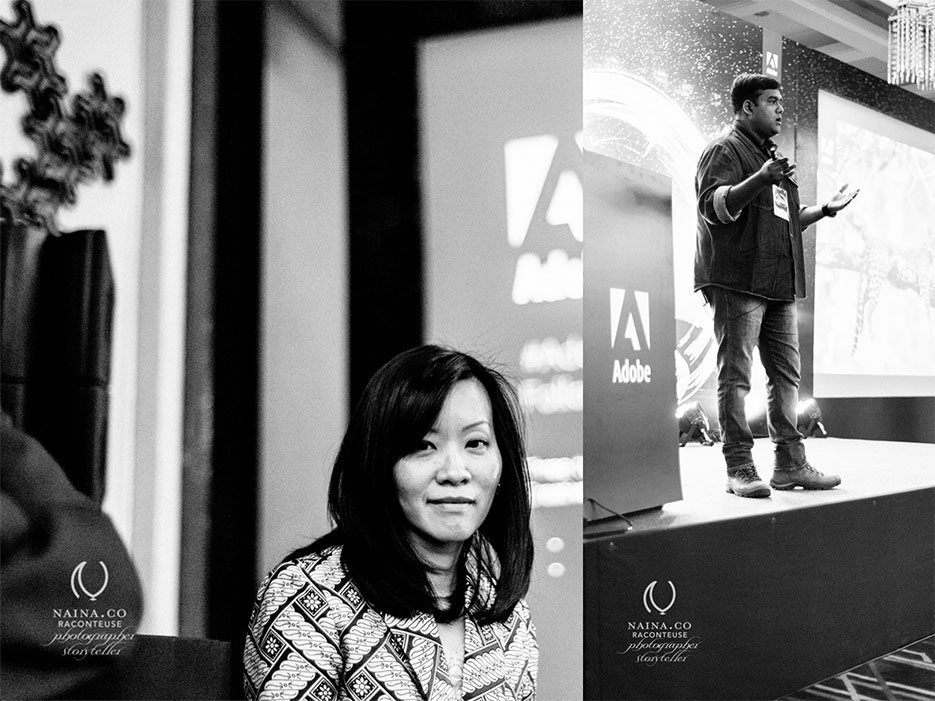
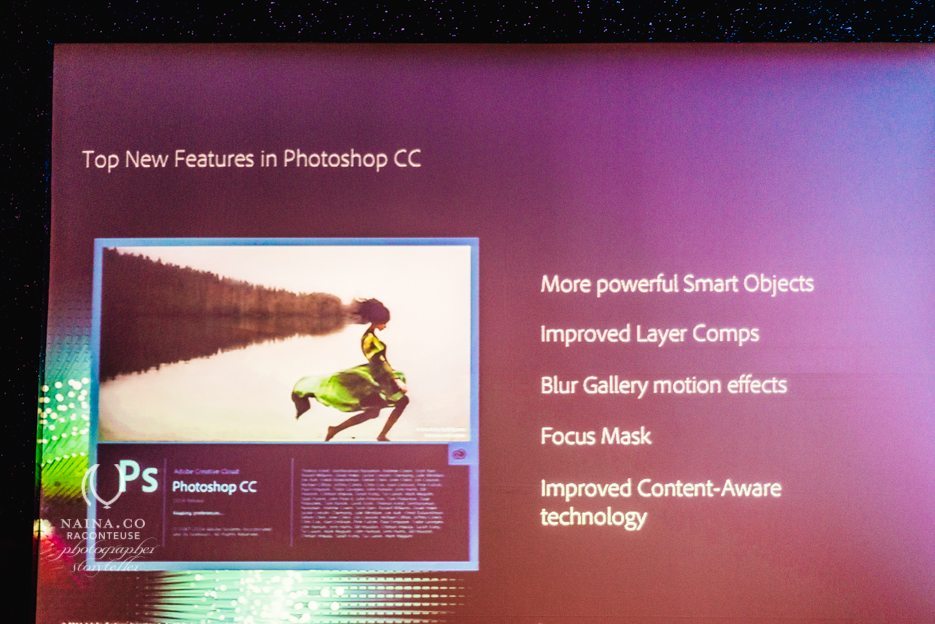
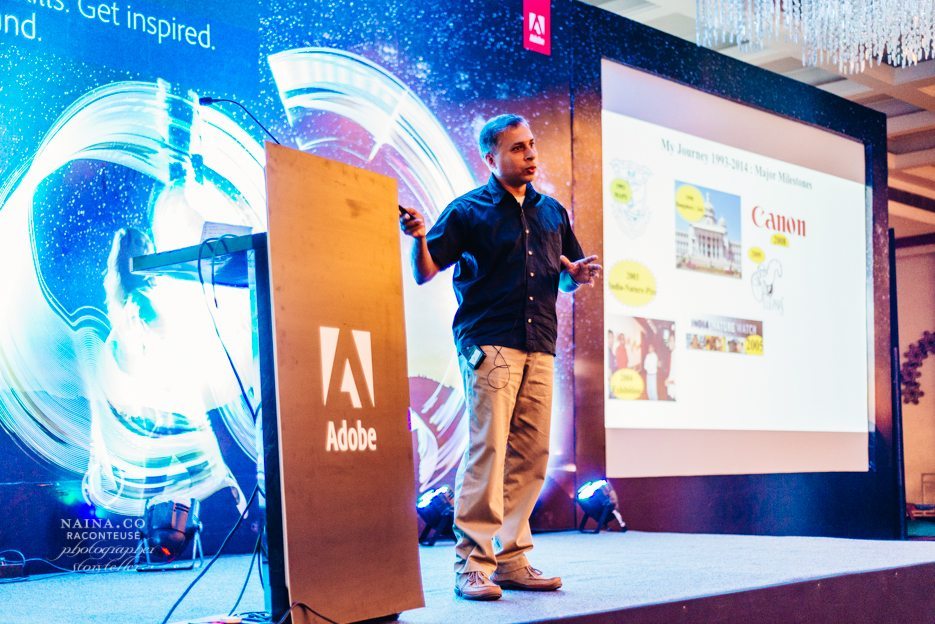
Sudhir spoke about his journey – and quite a fantastic journey it has been. Inspiring. If you get a chance to hear him speak, do go. Below, a slide from Sudhir’s presentation.
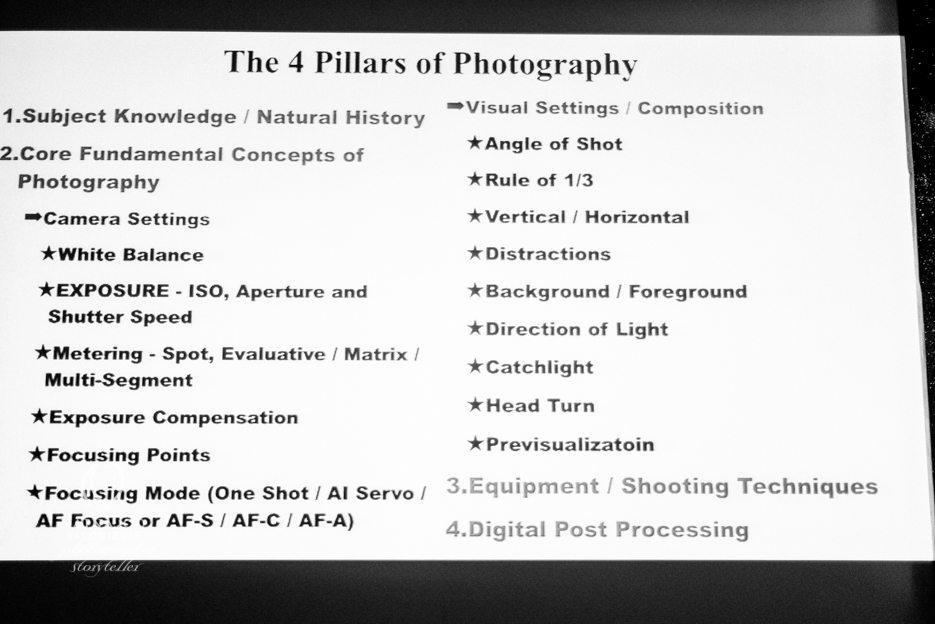
Jayanth spoke about his journey with Toehold and all I could do was gape with admiration. I know I have to figure out scaling for my own career and seeing someone execute it so well inspires admiration. Do check out their website if you’d like to travel and photograph as well as if you’d like to rent equipment.
And then it was my turn! The initial couple of minutes I might have muddled up my speech a little – I forget to breathe! But it went quite well for the rest of it. Largely due to the fantastic questions from the audience.
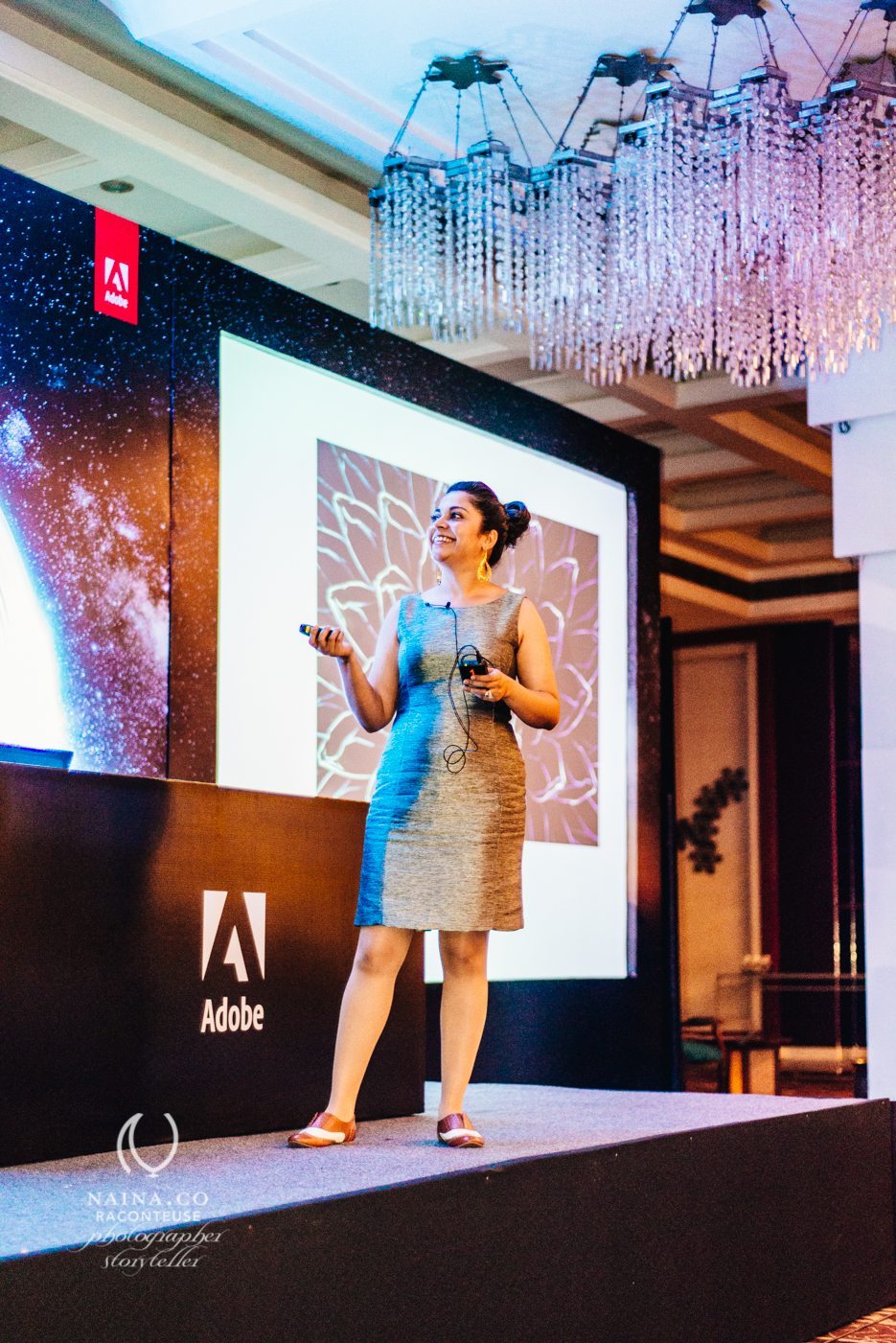
Luckily Akanksha was in the audience for a bit and I got a couple of photos! Thank you Axe! Below me trying to understand a question from the audience. My presentation was followed by Neeta’s extremely well put together and detailed presentation about her business and how she runs it. I hadn’t heard about Neeta prior to this Adobe Photography Symposium and since then I’ve been going back to her website to check out her beautiful wedding photography. If you haven’t seen it already, see NeetaShankar.com
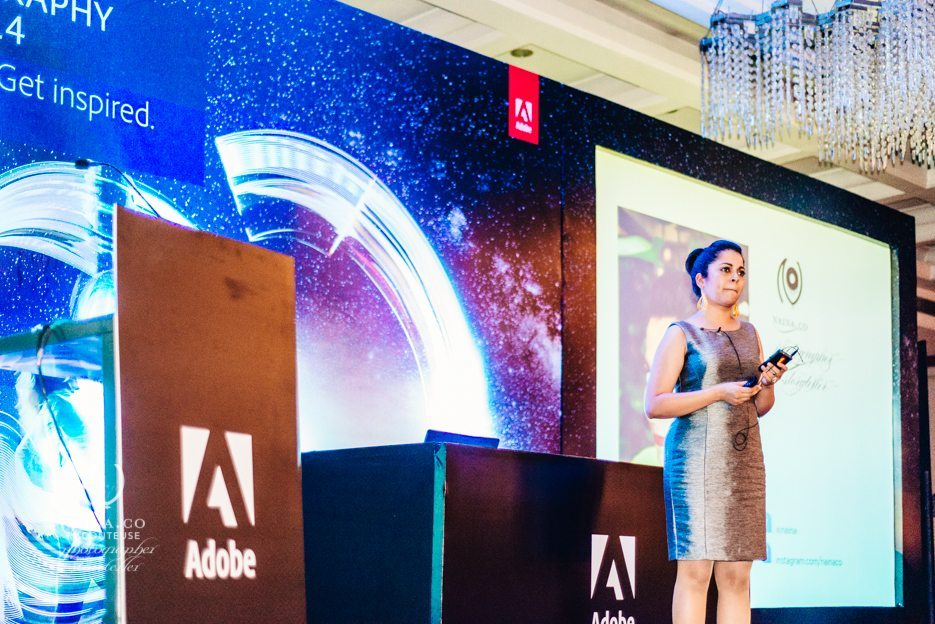
I’ve included the slides from my presentation below. ( This was a paid event – which means that people in the audience paid INR 1,000 is they registered as early birds and they paid paid INr 1,500 post that. I’m grateful to Adobe for allowing me to share these slides. ) In the end, as promised, you will also find a link to download a sample contract similar to the one I use for my assignments. Please keep in mind that none of the advice I offer is legal advice, it is meant as a sample only and you will have to modify it according to what you do and how you operate.
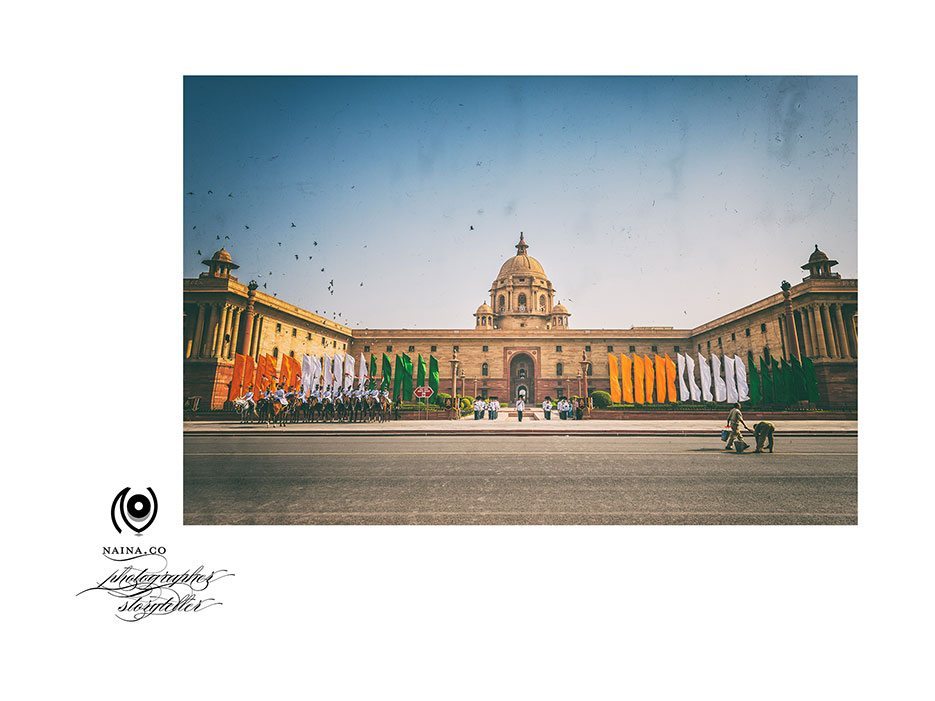
I started with some examples of the kind of photography I do. This include personal work as well as client-commissioned work. Above, this photograph of the Rashtrapati Bhavan is one of my favorites from my personal work. Many reasons. The birds top left, the cleaners removing horse-dung from the road just after a small contingent of horses has passed, the flags blowing in the wind, etc. You can see the entire Rashtrapati Bhavan photostory on my website.
Below, a photograph of gorgeous Nirav Modi jewellery. You can see the entire photostory on my website with more photographs of Nirav Modi’s spectacular jewellery here.

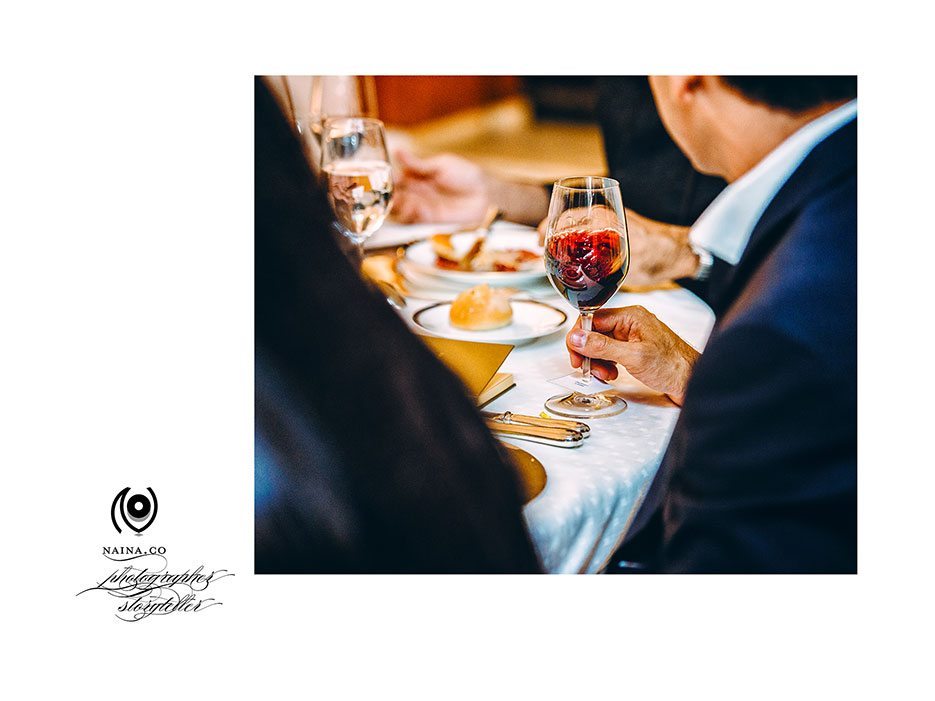
Above, a photograph from the Chateau Palmer & Louis XIII dinner at the French Embassy in New Delhi. The photostory from that dinner can be seen in its entirety on my website here. I took a lot of similar photographs from various angles, walking around the table, looking for guests who were enjoying their wine. It is important to pick selectively from your own work and this is the only photograph that made it to my portfolio.
Below, food from the CSSG Charity Dinner at The Oberoi Hotel. There’s a series of blog stories with all the Chefs as well, you can see them here.
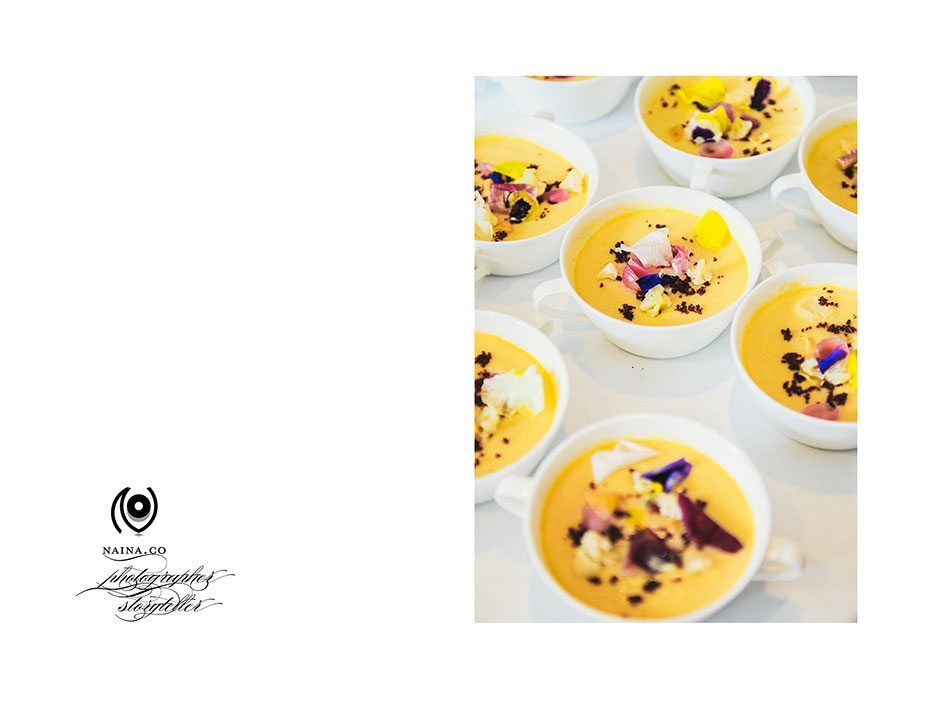
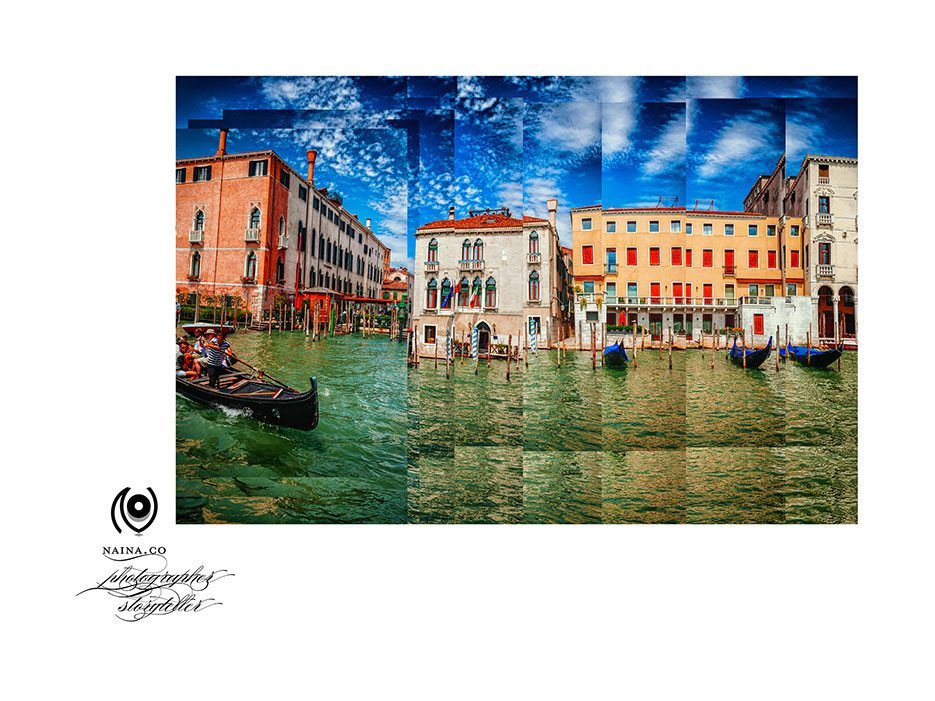
Above, Venice, Italy. I’d shot a large number of photographs for a panorama from a moving boat and I had the above end result in mind, not a seamless panorama. There are more in this series in the Venice photostory.
Below, Ladakh mountain range. The clarity and contrast have been enhanced to cut through the UV haze that was present in the sky. But the colors really were this stunning. I haven’t shared too many photographs from my Leh-Ladakh trip yet, so no link to see more on this blog / website yet.
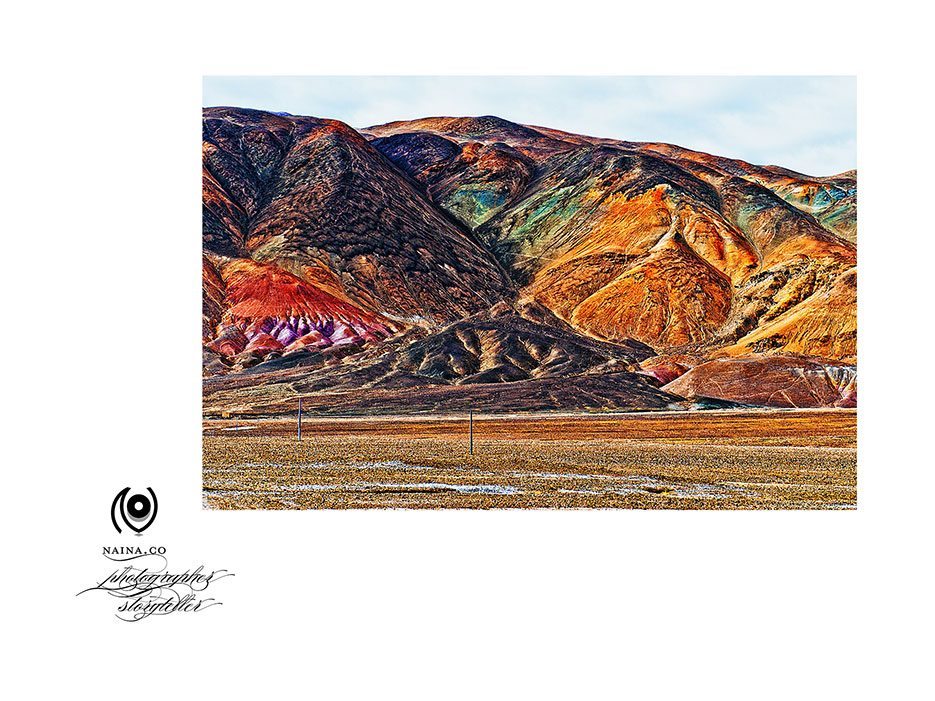
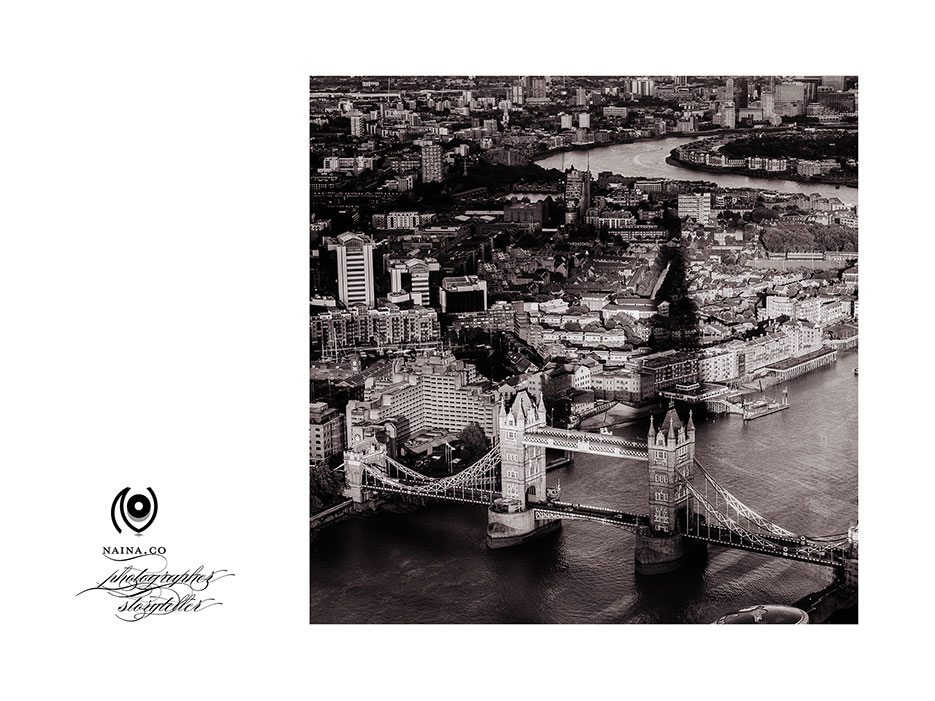
Above, a view of London’s Tower Bridge from the Shard. You can also the shadow of the Shard on the right tower of the Tower Bridge. Lots more from my trip to London in the #EyesForLondon series.
Below, a rotten peach. It’s beautiful and I was lucky my Mom didn’t throw these out before showing them to me. There’s beauty everywhere. See more photos from this series on this blog story.
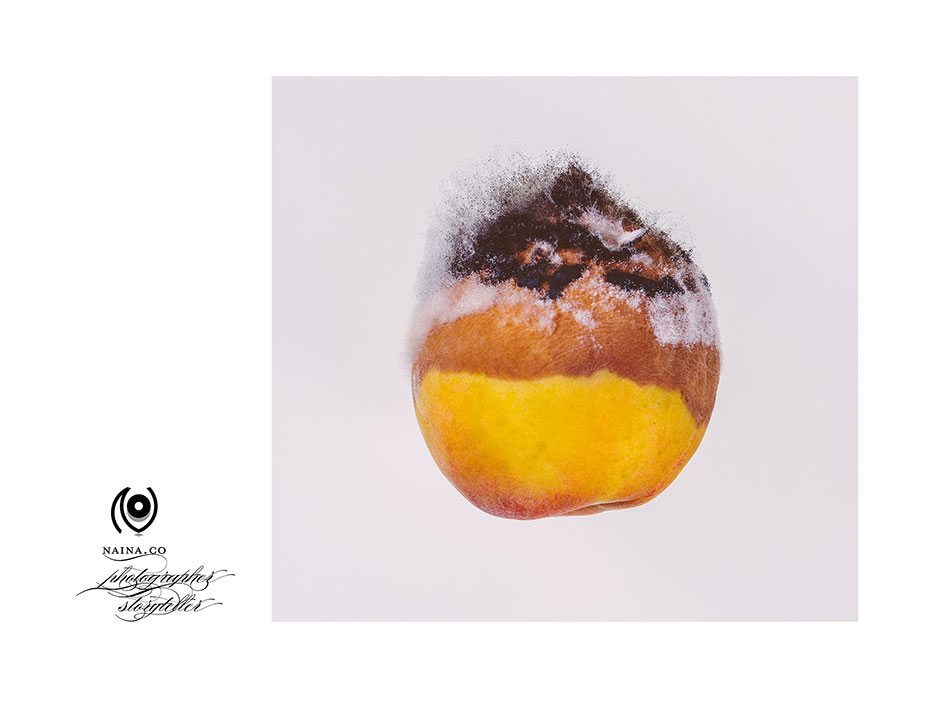
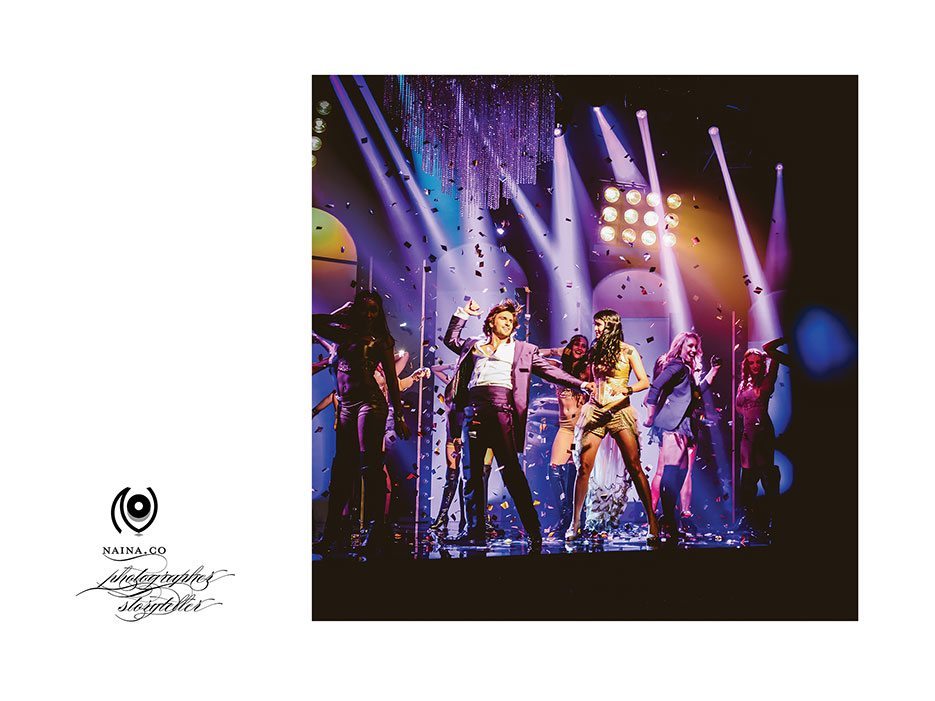
Above, a photograph from the Durex ad shoot with Ranveer Singh. I photographed behind-the-scenes and put this story together that you can see on my website.
Below, photographs of Chanel’s Parfum called Beige. Still one of my favorites. Some of my blog stories with Chanel’s beauty products can bee seen here.
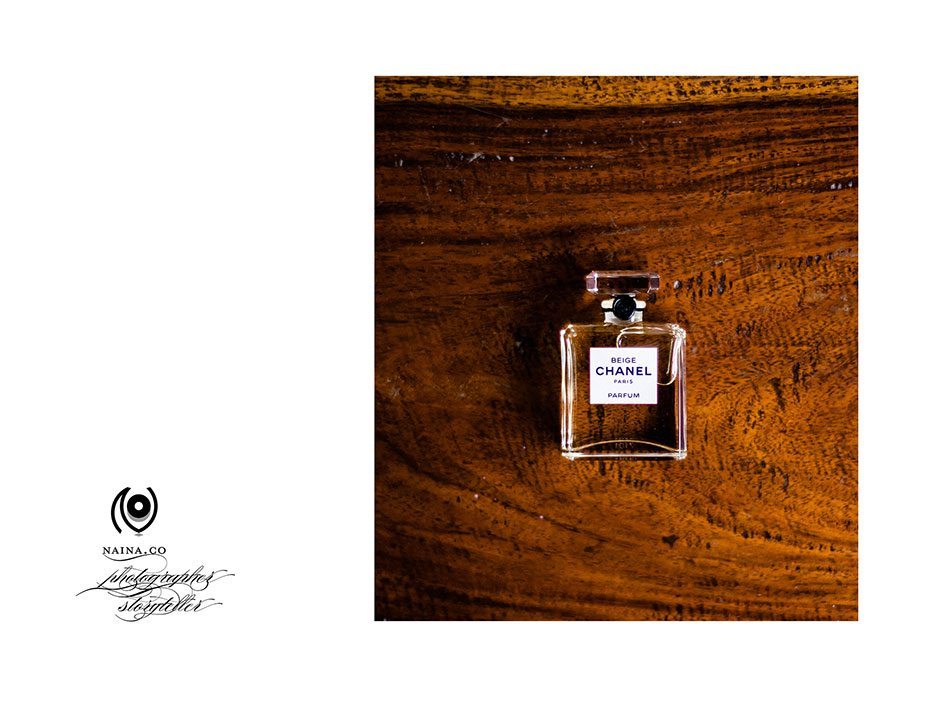
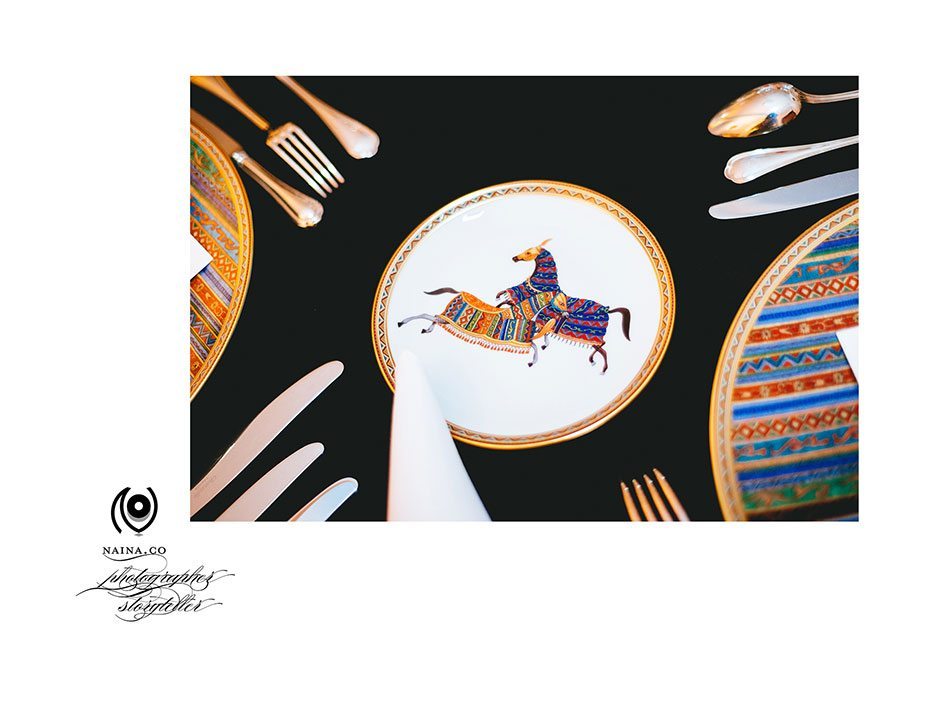
Above, another dinner at the French Embassy by Hermes celebrating it’s fifth year in India. See some of the photographs from that evening here as a story on the blog.
Below, a fashion photography assignment for the planners Preferred Professionals. See the entire series here.
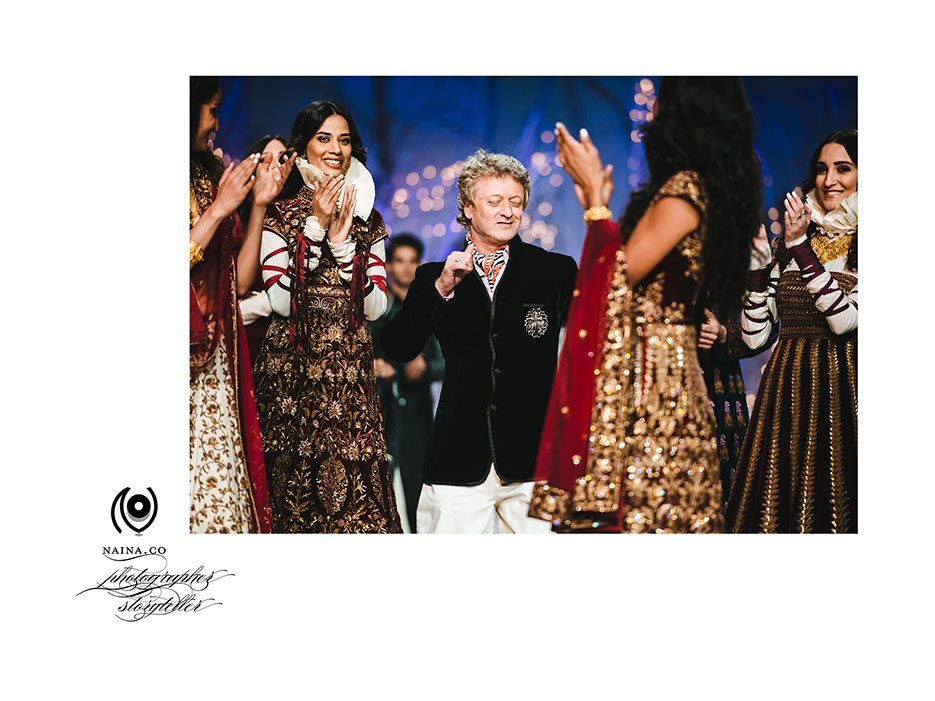
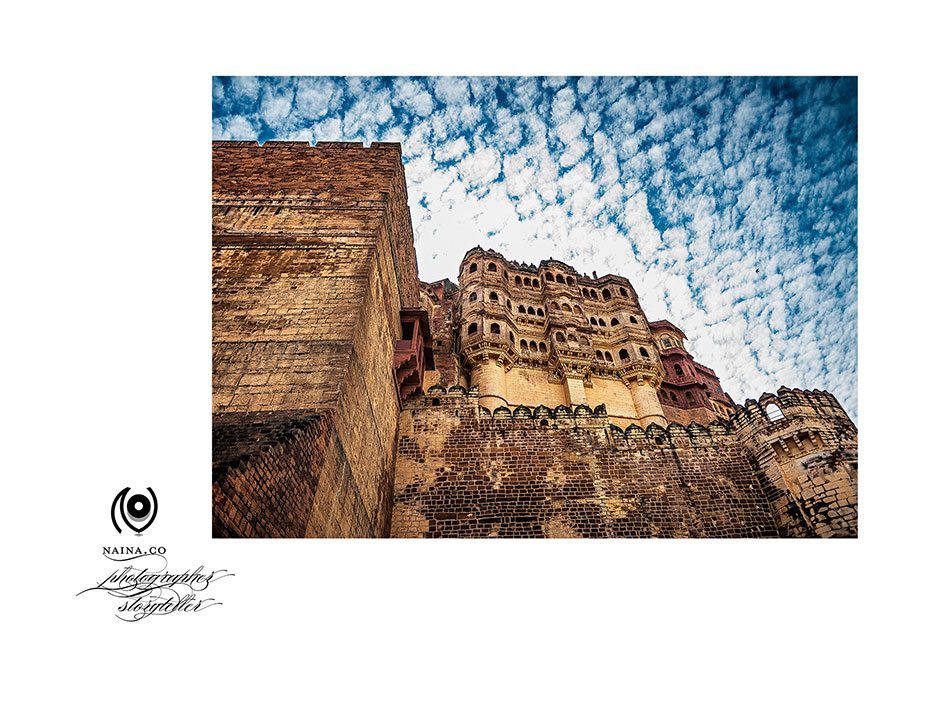
Above, Meherangarh Fort and below Umaid Bhavan Palace, both at Jodhpur as part of the Royal Salute Maharaja of Jodhpur Diamond Jubilee Polo that I was commissioned to photograph in 2012.
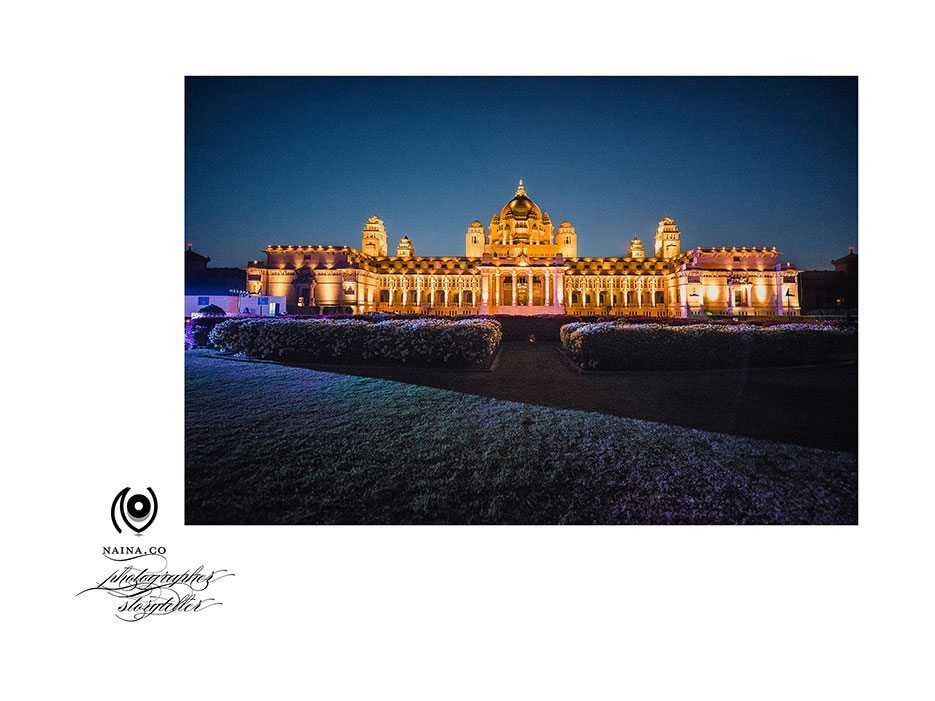
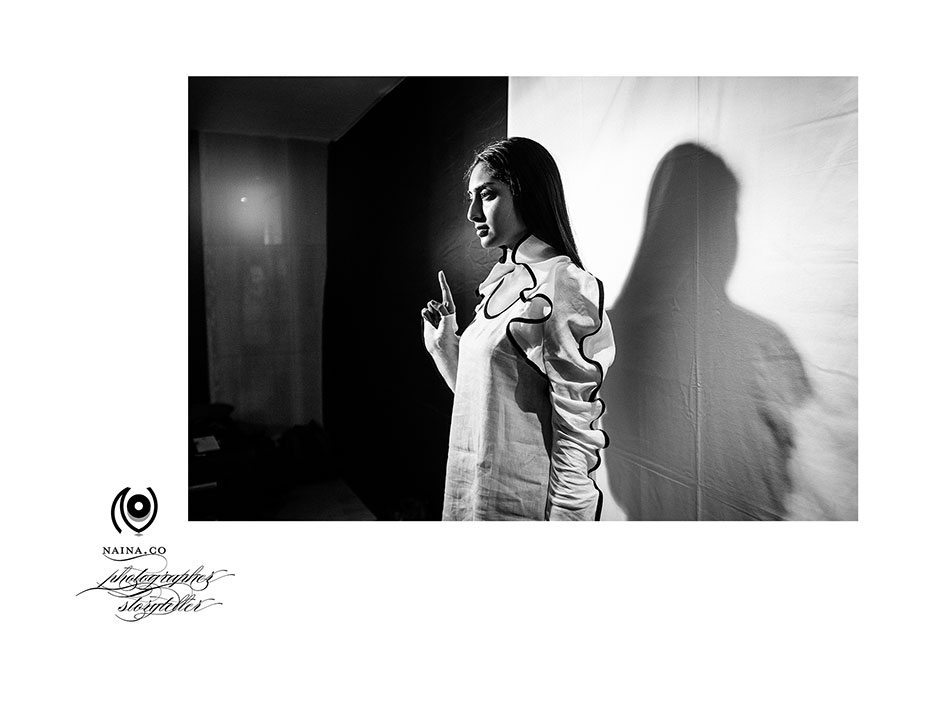
Above, behind-the-scenes photography for fashion designer Wendell Rodricks’ fittings session for Wills Lifestyle India Fashion Week Spring/Summer 2014. I’ve photographed a lot of Wendell’s work and life, for the entire series see here.
Below, from the series Eiffel At Night. More from Paris on this blog here.
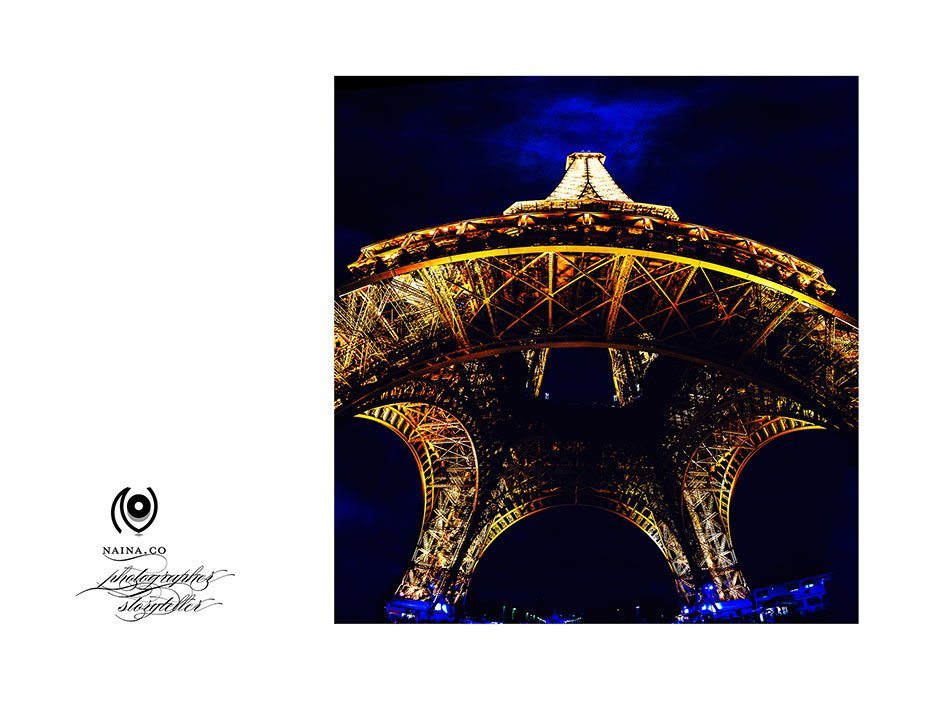
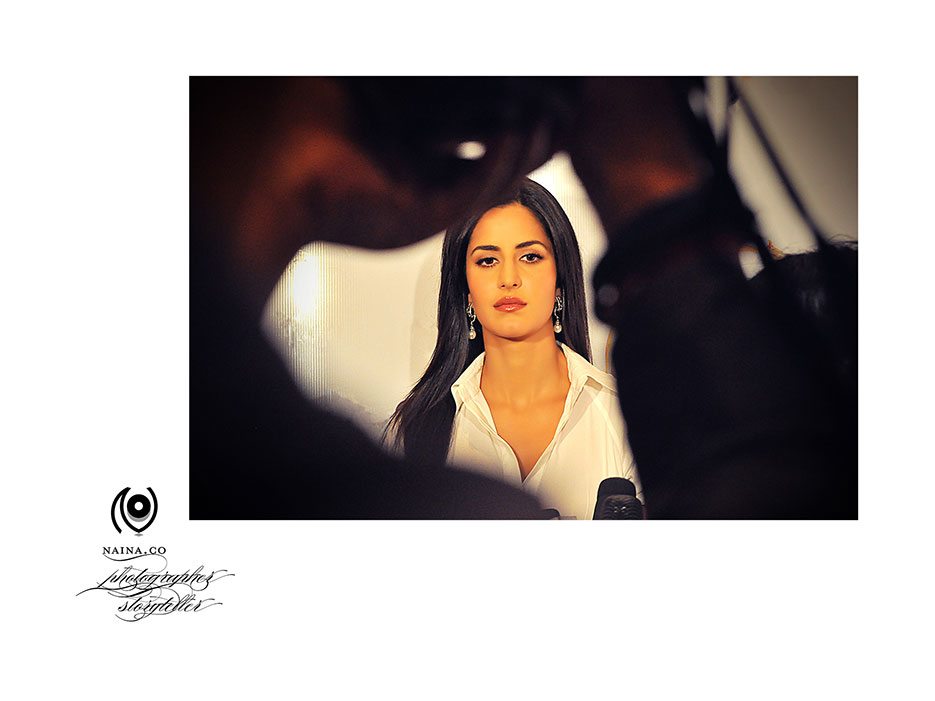
Above, Katrina Kaif at the Pantene event many years ago.
Below, a cactus plant at a nursery at Kalimpong.
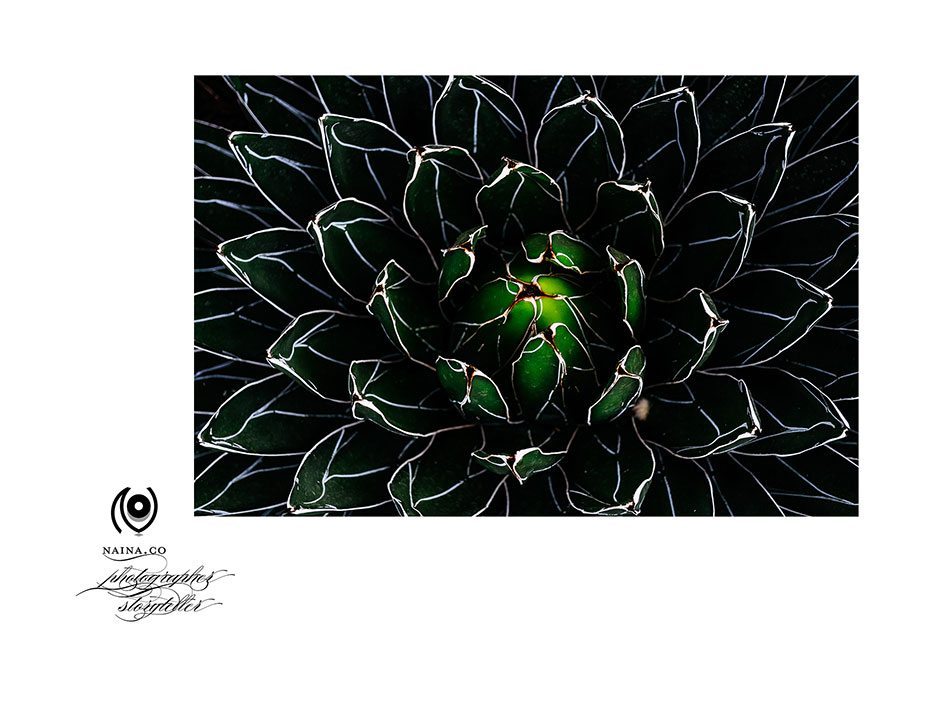
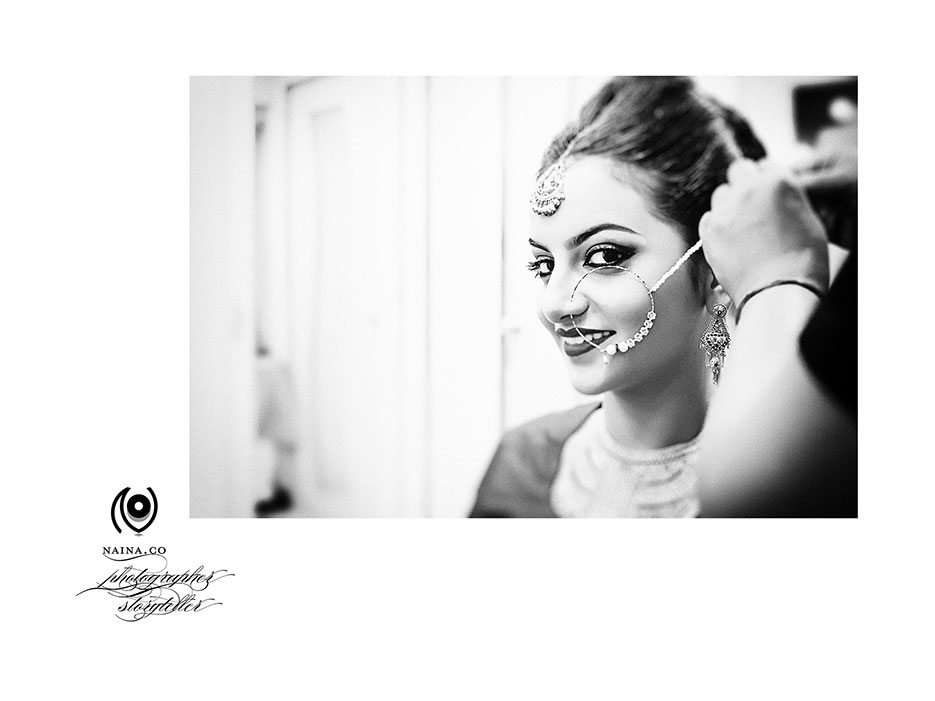
Above, from when I used to photograph weddings! You can see more of my wedding work here.
Below, Imran Khan at the Chivas Studio event I was commissioned to shoot.
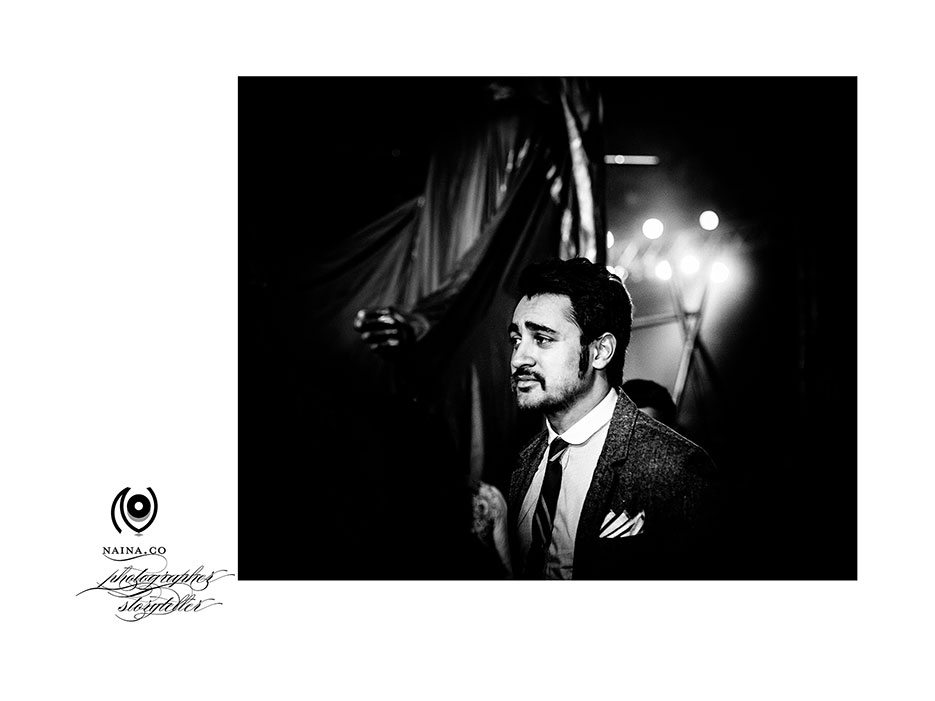
After the introduction to some of my work above, the rest of the slides included some things I’ve learned over the years. I started with this fundamental question, “Are you a photographer’s photographer or a client’s photographer?” Are you here for adulation / adoration from other photographers or are you here to please your clients and deliver what they hired you for? Better to spend time working on how to cater to the latter’s requirements than spending time looking at the work of other photographers and feeling suicidal. No really.
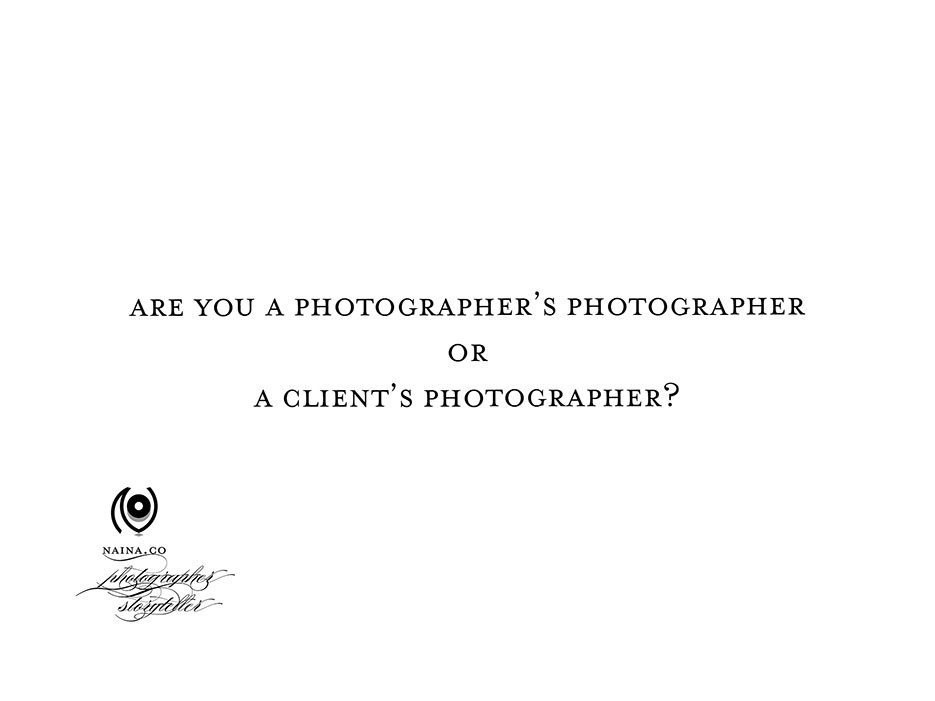
This quote below was supposed to be a reminder for one of the anecdotes from my early days where I wasn’t going to stop seeking feedback about my images till I’d heard something – anything – encouraging. It is only in hindsight that I realize I was looking for validation because I really wanted to be a photographer full-time.
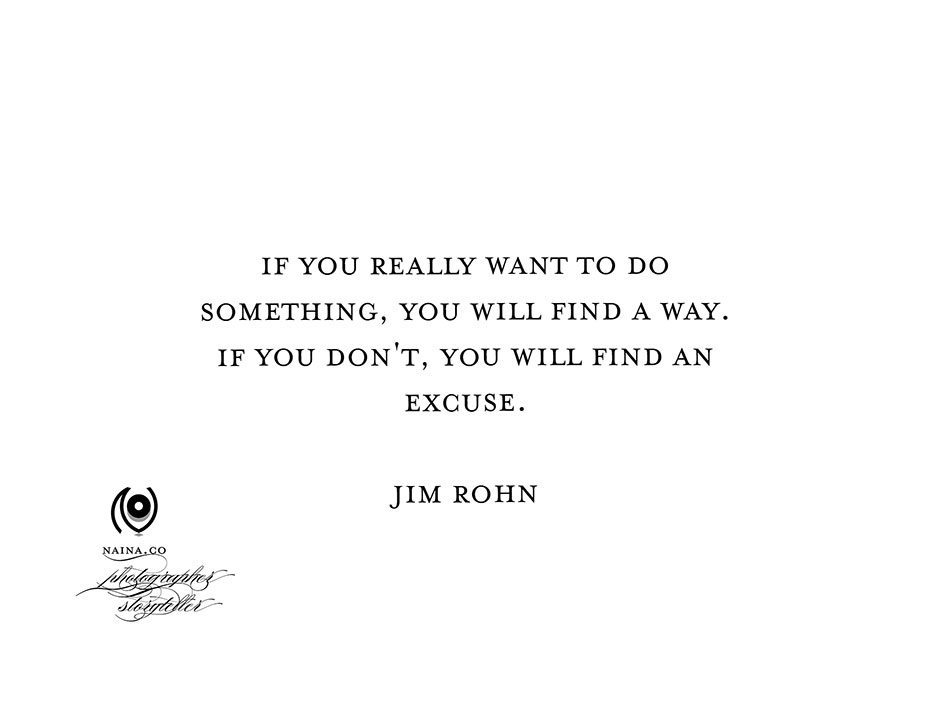
The three things I swear by below. Borrowed from the very generous @ChaseJarvis, who is a brilliant photographer and more importantly has done much to share his wealth of information and knowledge with other budding photographers. And I am not talking about technique. I am talking about business. Check out his Chase Jarvis Live interview series where a couple of times a month he interviews inspirational people who have real-world advice to give to creatives like me. I call it “Photography. Post-Production. Pimping.” based on Chase’s simpler “Shoot. Share. Edit.”
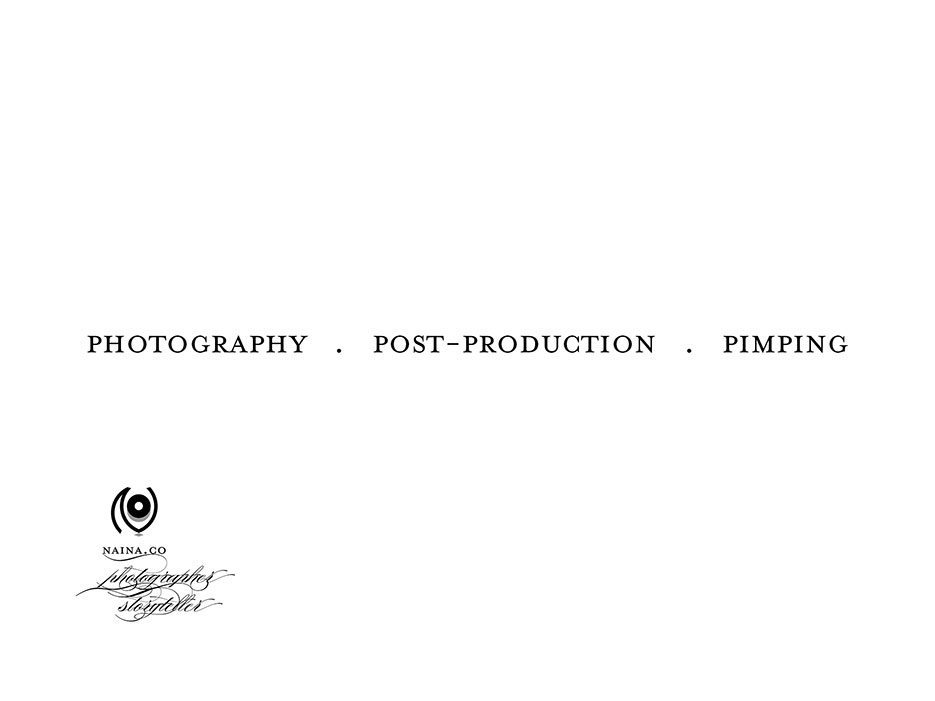
The basic premise is that to be a career photographer, you have to photograph. And I recommend photographing a LOT. Shoot a lot. Shoot everything. Everything has potential and you have a duty to shoot it. The quote I used at the symposium got a tad popular as expected, “When in doubt, press that shutter button.”
Another thing I recommend in the same vein, just to clarify that the above advice of shooting a lot does not mean the same as “Spray and Pray”. There’s thinking involved. Not just the Burst Mode on your camera. It is equally important to show your work selectively. Learn that. How to select. On what basis to select. Who are you showing your work to? What is the type of work you would want more of? And be brutal. If you have even an iota of a doubt, drop the image. Pick only those you’d PAY to hang on your wall.

The second is of course post-production. And I’m not talking about re-touching. I’m talking about getting the basics right. Mainly three things.
01. Straighten the lines.
If you have straight lines in the image and unless them being presented as skewed is an artful choice, straighten them out. Yes. Do it. Make it a habit.
02. Color correction.
No color casts unless it is an artful choice. Not too yellow, not too blue, bot too green and not too pink. It should look like what it looked like when you saw it with you own eyes. And it’s simple really. If you use Lightroom, use the dropper tool and click on a neutral color ( white / gray ) area of the image and then tweak it depending on what you’d like it to look like.
03. Exposure & Contrast
If it’s too dark, increase the exposure. If it’s washed out, decrease the exposure. Yes, it makes a huge difference to see a correctly exposed photograph from a badly exposed image. Think about Exposure. Same for Contrast. For example, I love high-contrast images. So I work on my images accordingly. But you have to make a choice on it. You can’t just Auto-Tune your images and expect to be paid for that job.
Look. Presets are here to stay. Use them. Make them work for you. Remember it’s about the client. If your client loves the “analog-look”, and it doesn’t make you want to kill yourself, try it. In any case, I believe, that if you spend a lot of time making photographs and editing them, you will tweak ANY preset you get to your own tastes. Own it.
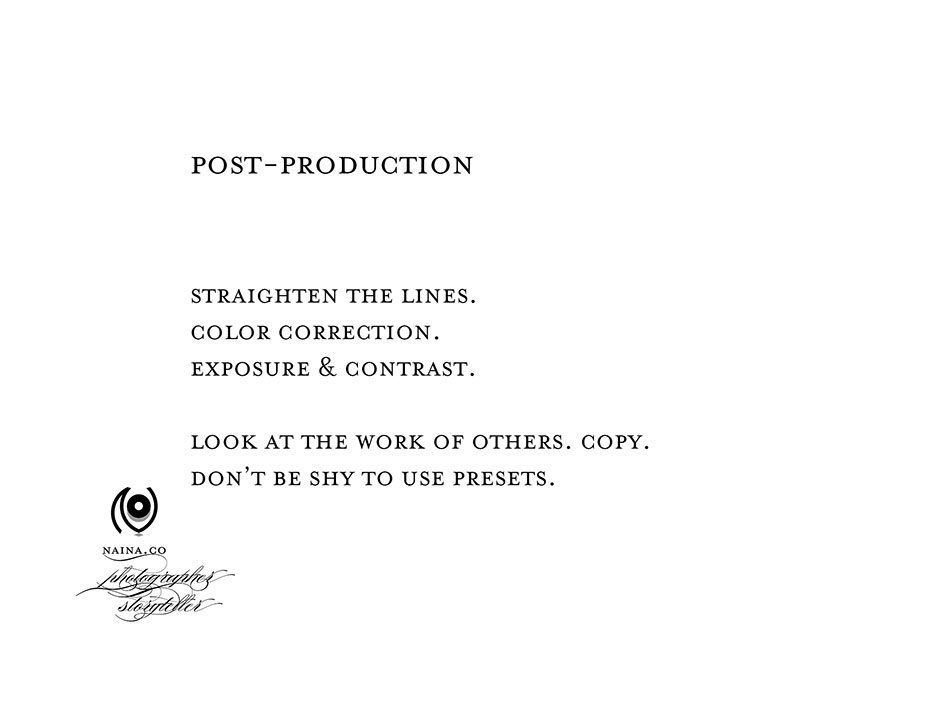
The third thing is Pimping. Marketing is your friend. If it isn’t yet, make it your friend. If YOU are not going to talk about your work, no one will. Because they don’t know about your work. Just shooting great images and putting them on a blog / website is not going to get your more clients. You have to constantly talk about your work. Show it. Update it. Re-Edit it. Share it. Whether you’re showing printed books in person, you’re doing an exhibition, you’re showing a PDF on your iPad, you’re updating your blog, or your Twitter / Facebook / Instagram / Pinterest. TALK ABOUT IT. I look at it this way : I love photography. I love making photographs. I can’t think of spending more time talking about anything else!
Enthusiasm shows through and creates energy. Don’t just look at it as “Selling is bad. I’m an artist, I don’t do selling.” Don’t be an idiot. Always be selling. YOU ARE YOUR BRAND. Especially us one-person enterprises. When I die, my brand dies. By choice.
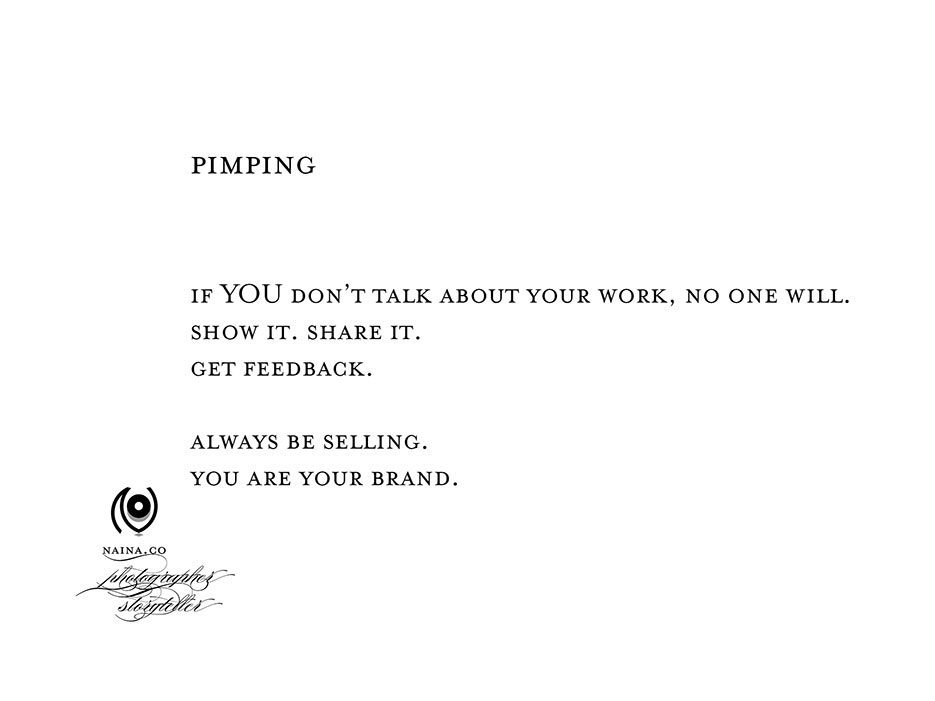
I added in another P here. Professionalism. For those of you who follow me on Twitter, you know I talk about this all the time. And that I absolutely dislike unprofessionalism. The aim with this, contrary to a lot of “opinion” I’ve heard is not to “pretend to be more important” ( yes seriously I’ve heard that ), the aim is this : The client needs to know that you know what you’re doing. This is the main reason why newbies, even if they are super-talented, end up getting paid peanuts if not nothing at all. When it’s clear you don’t know what you’re doing, you’re more likely to be taken advantage of. Sadly. It’s business. It’s brutal. Don’t kid yourself. ( Don’t look at this as a bleak future though. You will get GREAT clients. But it takes time and you need to prove yourself on every conceivable level. )
Get a contract.
Understand Copyright Law that applies to you geographically and based on what industry you’re in.
Don’t forget to draft your own Terms & Conditions. While Copyright Laws and Contracts will protect you and your career to some extent, you also need to decide what works for you and then put that in the T&C. It is your business and you DO get to decide what you want to do with it. So if you don’t want to give away RAW file, don’t. On the other hand if you WANT to give away RAW files ( and don’t care what the client does with them ), by all means, give them away. But clearly mention it in the T&C.
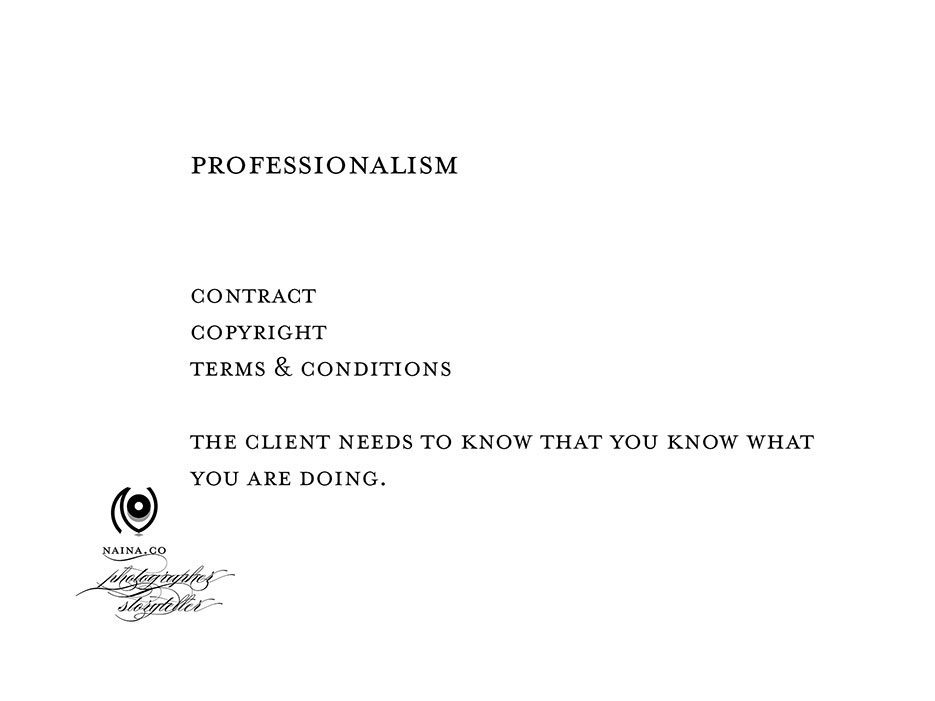
Of course this below. Shoot what you love. You might start with shooting anything / everything but you will progress into recognizing what kind of things you like to shoot. And the categorization / classification doesn’t have to be limited to what genre of photography it is or what visual style of images you like to make. It could be that you only want to work on gigs within your city. Or only outside your city.
I’ve come to a point where I take on projects based on what my perception is of shooting that project will make me “feel”. This is a bit of a simplification but it’s the overall basis of whether I go ahead with a gig or not. Of course it also depends on whether I’m getting paid what I ask for but apart from that there’s also considerations like : “How does this gig help with my portfolio?” “Will this gig help me get more gigs in some way?” “Will I get to shoot just the way I love shooting?”
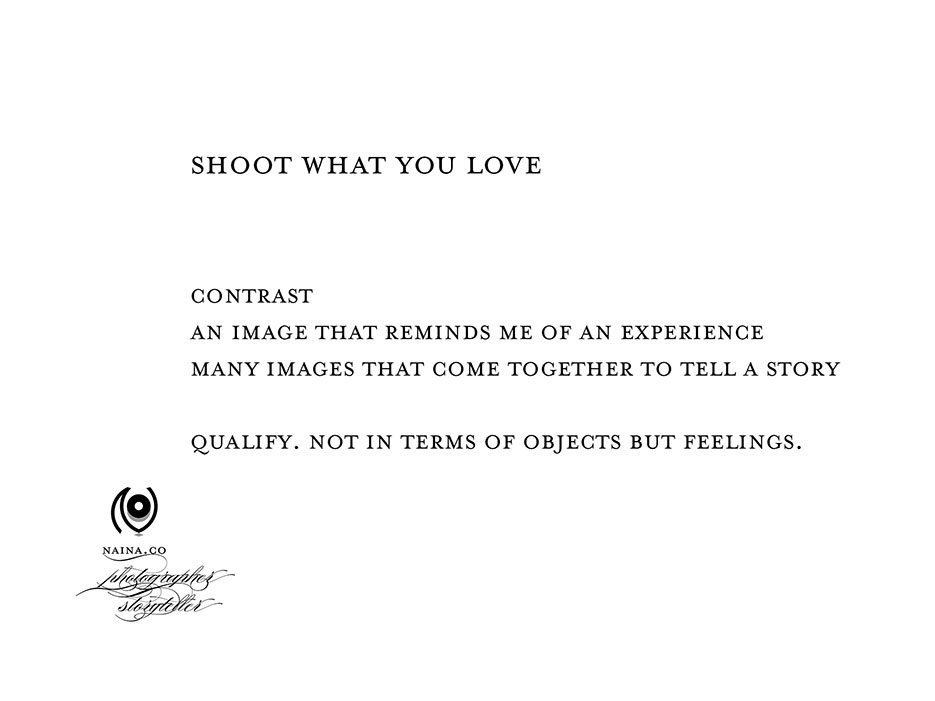
I get asked this quite a lot : “What camera should I buy?” or “How can I become a career photographer?”
And each time, ( If I’m not reprimanding you for asking me “What camera?” ), I ask “What is your goal?”
Really. How can you possibly ask questions that are not qualified on the basis of what it is you want to do in the short term and long term?
If you asked me, “Hey, I make awesome photos of microbes and I would like to sell prints. How do I go about it?”, that is a specific question with a specific goal in mind.
Why do you want to be a photographer? Do you want to do it because you would like to make money selling your photographs ( like stock photography )? Or because you have this expensive camera that you bought & you’d really like to put it to use? Or would you like to make a career as a photographer? Or do you want to be a photographer because shooting makes you feel good about yourself? Or do you want to take better photographs? WHAT IS YOUR GOAL?
And sometimes we don’t know what our goal is when we start out. So start and figure it out as you go along. But you need a vague idea at least.
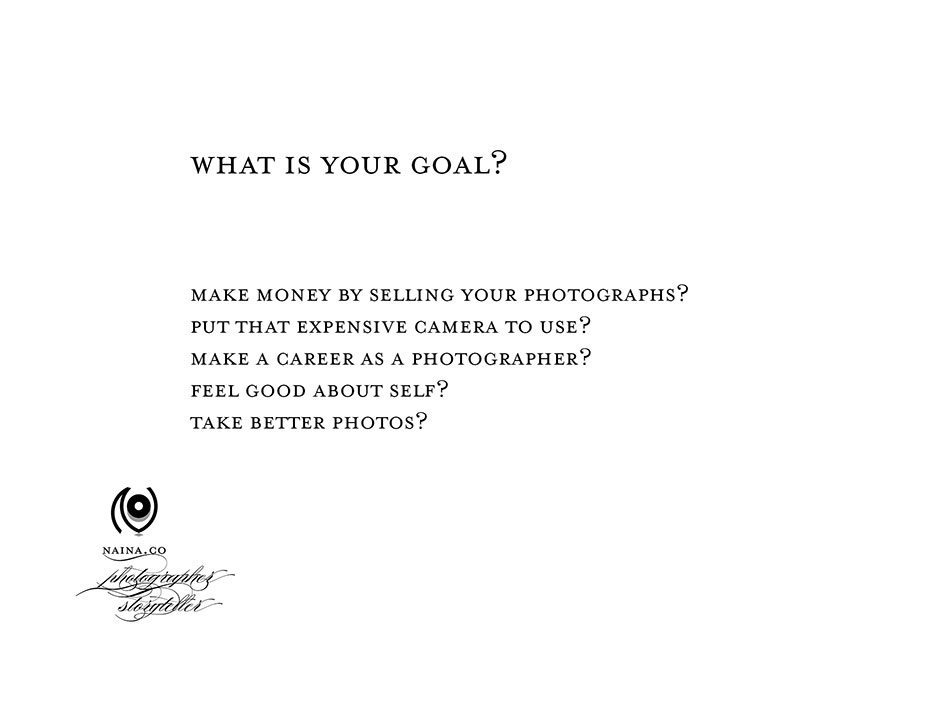
Can’t ever overemphasize this. Always be learning. You never know where your inspiration or business insight is going to come from. For example, before I started making decent money in photography, I used to believe that getting published in a magazine was the holy grail of being a photographer. Then a magazine wrote to me to “feature” me in one of their columns. They wanted me to share photographs from a recent event I’d shot and said they would “credit” me. Basically they were filling their pages with my work – on the basis of which they get advertising money – and wanted me to “donate” the work for free. When I told them that I would like to be paid, they told me that their “going rate” was INR 5,000 + taxes for a two-page photo-heavy article. So much for holy grail. You learn with each and every interaction. So before you decide to forego a meeting or a party or get together based on how much you like the host’s face, think about what you might get to learn. And it doesn’t matter if you’re a newbie or a pro or a veteran, you can learn something from pretty much anyone.
Information.
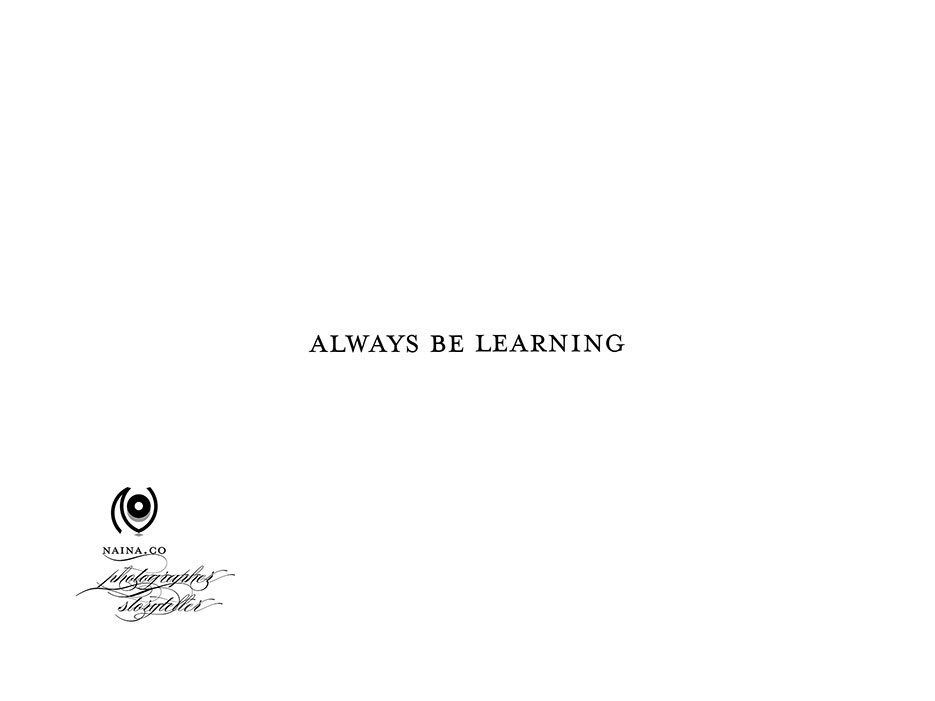
A brief slide about my tools and workflow. For those of you who follow my work on the blog and my updates on Twitter & Instagram, you know I’m an Adobe fan. Especially after their Creative Cloud subscription model, it’s a bit of a “Shut up and take my money Adobe!” situation.
I shoot on a Nikon D800 or a FujiFilm X100. I use any of the following Nikkor lenses based on the gig : 14-24 mm f2.8, 24-70mm f2.8, 70-200mm f2.8 or the 50mm f1.8. I also sometimes use the Nikon SB 910 speedlights. Depending on what I’m shooting I shoot either RAW or pre-programmed JPEGs. Mostly it’s RAW though.
I import the RAW files into Lightroom. I then select them based on the client brief or the brief I have in my head. I start with picking out the images that are technically sound in all aspects. No blurs, no out-of-focus etc. These are marked with One Star. I then progressively work through this selected set and Two Star the ones that I like slightly better than the other. I do this till I’ve hit 4 Stars at which point I start the edit. I generally save the 5 Star rank for images I’d like to show case on my main portfolio or use in a print book.
I use VSCO Film Presets to edit my images in Lightroom all the time. But I don’t think I’ve ever used them as-is. I always tweak the preset based on not only what the image is but also how I like seeing it or what it looks like visually.
Once I’m satisfied with the images ( and I’ve straightened them within Lightroom ), I then export the majority of these images as high resolution JPEG files and low resolution watermarked JPG files and prep them for upload for the client. I also export some images as PSD files if I feel they need some extra re-touching or work in Photoshop. This is rare though. If I do take an image into Photoshop, I will most likely either do it because I need to straighten more accurately or I need to use some of the effects in the Filter set Nik Collection by Google. This collection has some pretty kick-ass effects but my tendency is to overdo it.
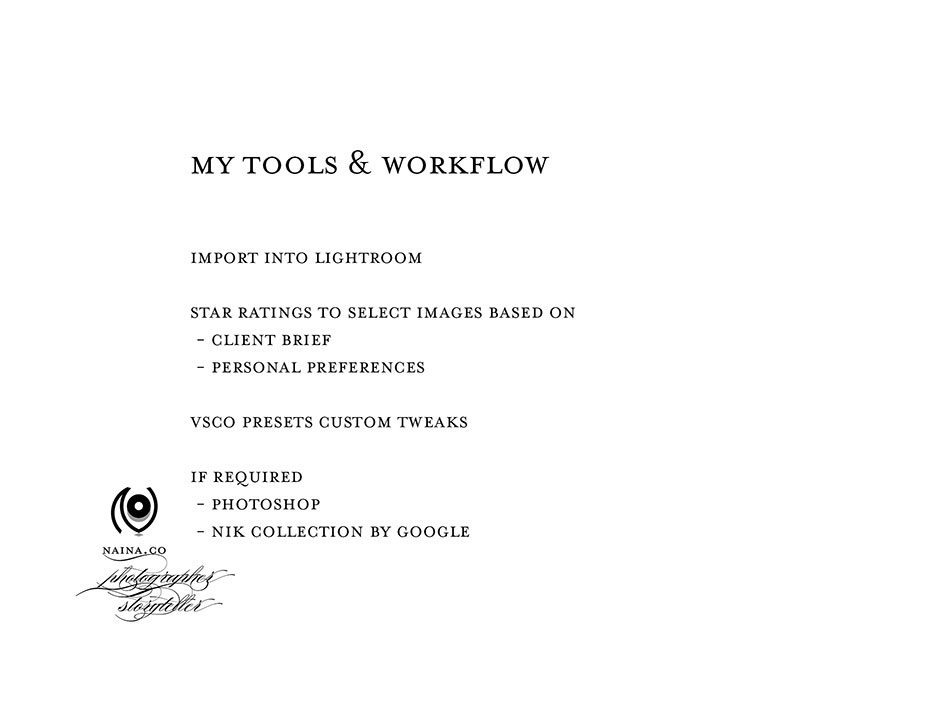
At the end of my presentation at the Adobe Photography Symposium, I also shared a list of recommended books and websites. For convenience, I’ve linked them after the following two slides ( the book links are all linked to my Affiliate Code with Flipkart ).
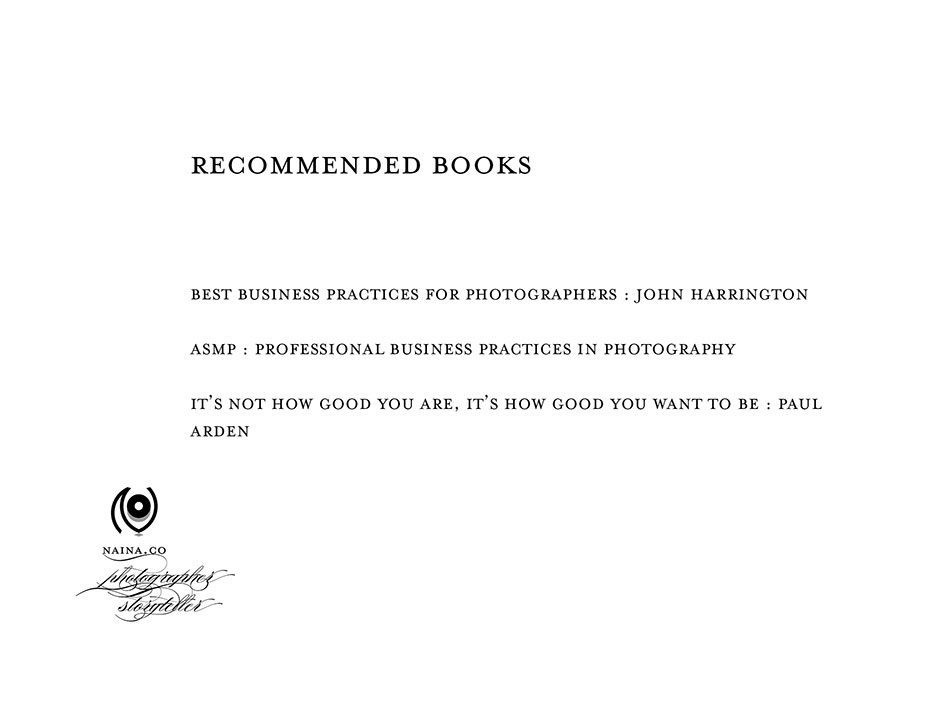
Best Business Practices for Photographers by John Harrington. It’s quite like a textbook. Read it. Learn it. Re-Read it whenever you need a reminder. Keep it by your bedside.
ASMP : Professional Business Practices in Photography. This is of course geared toward the American Photographer but most of it also applies universally – except specific laws & business practices.
It’s Not How Good You Are, It’s How Good You Want To Be by Paul Arden. This is a general “How to” about business and inspiration and not just for photographers. It’s a tiny little powerhouse of a book. Always bumps up my morale and gets me fired up for a new day.
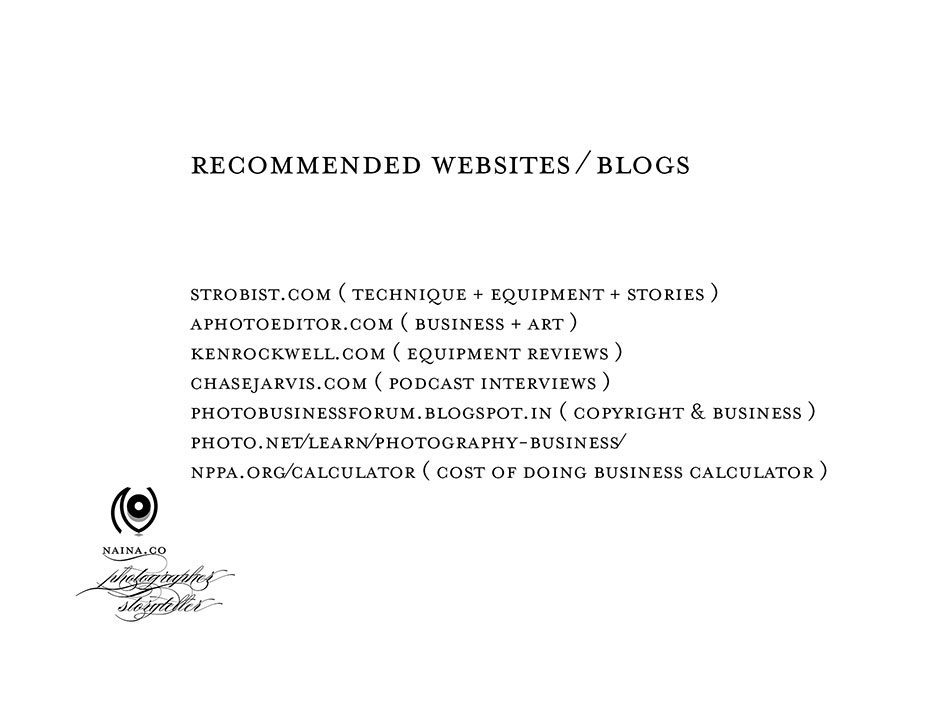
Some recommended websites and blogs of course.
Strobist.com for technique, equipment and stories. David Hobby is a champ and regardless of what genre of photography you’re planning to be in or if you’re already a pro, David has something for everyone. He shares lighting technique, business technique, case studies of how he shot a particular gig etc. And he’s a great guy. He’s on Twitter as well but not very active @Strobist
APhotoEditor.com for interviews with not only photographers but also Photo Editors of magazines and art gallery curators. They also sometimes share real life PDF documents of how they negotiated a gig for a photographer and how they priced it. Just looking at one of these documents will change your life if you are a newbie. You will see the business of photography in a very different light. A little less romantic and whole lot more practical. There’s a whole category on Pricing & Negotiation. Go nuts.
When I want to know more about the latest equipment in the photography industry, I go to KenRockwell.com In my opinion, he gives a fair review to each and every product that you could possibly be interested in as a photographer. And extremely through reviews at that. It’s a rabbit hole though, you go there at your own risk. It’s thank to Ken that I was initially able to decide not go purchase that expensive full-frame DSLR body but invest my money in high-quality FX lenses instead. Forever grateful.
I’ve already mentioned Chase Jarvis earlier. For inspiration, an urging to get off your butt, interviews, cool work to look at etc.
The guy who wrote the book I recommend above, John Harrington, he also writes a blog. Not updated regularly but FULL of awesome things that will help you be a better photographer for your clients.
Similarly there’s Photo.net that has a detailed section on the Business of Photography.
The NPPA Calculator is the “Cost Of Doing Business Calculator” and it will give you an idea of what costs and overheads to look at when you’re starting out.
This awesome article by rockstar Vincent Laforet that tells you more about the CODB or Cost of doing Business.
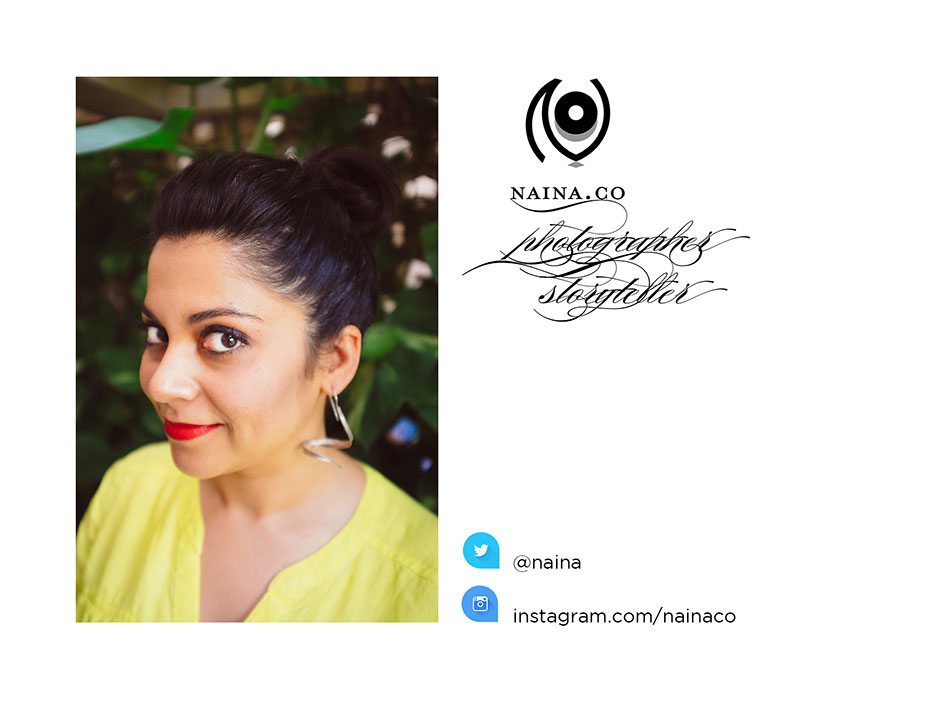
And that was a wrap after a few audience questions. I wish I had had more time to answer questions. If you have any to ask, please do leave your questions in the comments below and I will answer them either within the comments or if it’s a question that has a longer answer, I will do a separate blog post altogether.
I’m also sharing a JPG version of what I use as a contract / terms and conditions / invoice. Reminder : this is a sample of something that works for me. You should ideally check with your lawyer about what to include / remove / tweak. A lot will also depend on each specific assignment and client.
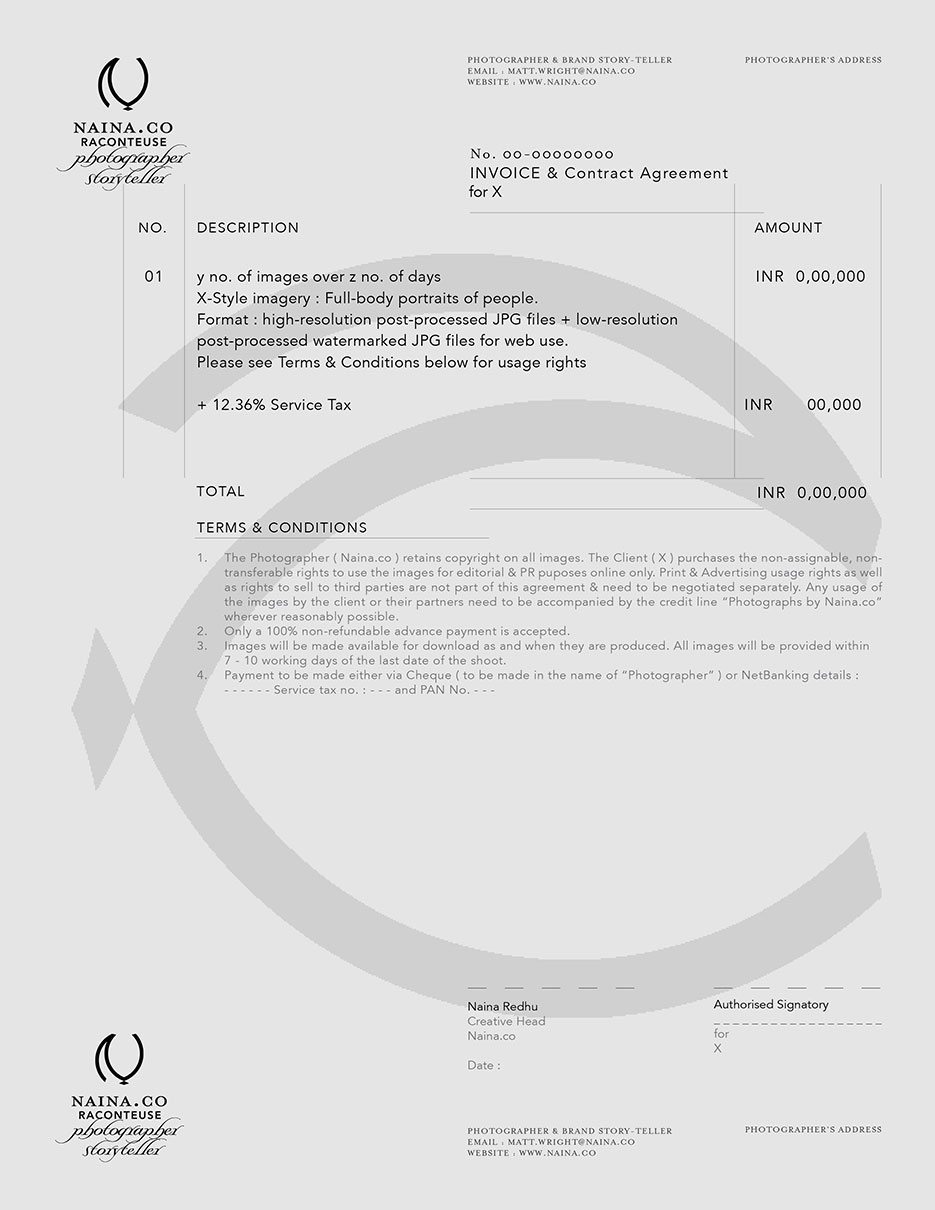
Yes. That’s it. Simple and brief. I’ve tried the legal-jargon-loaded ten-pagers, they don’t work for 90% of my assignments.
I hope you have found the above useful. It’s taken me quite a few days to put this together. It’s like a mini workshop in itself. Post the Adobe Photography Symposium, I have been thinking of jumping into that side of the revenue stream as well. Maybe I will. In any case, your feedback is always welcome and very useful. Regardless of what you have to say, do say it in the comments section below.
Again, THANK YOU ADOBE!
Updates from Naina.co on Facebook | Twitter | Instagram | Pinterest | Buy a Print from the Naina.co Store

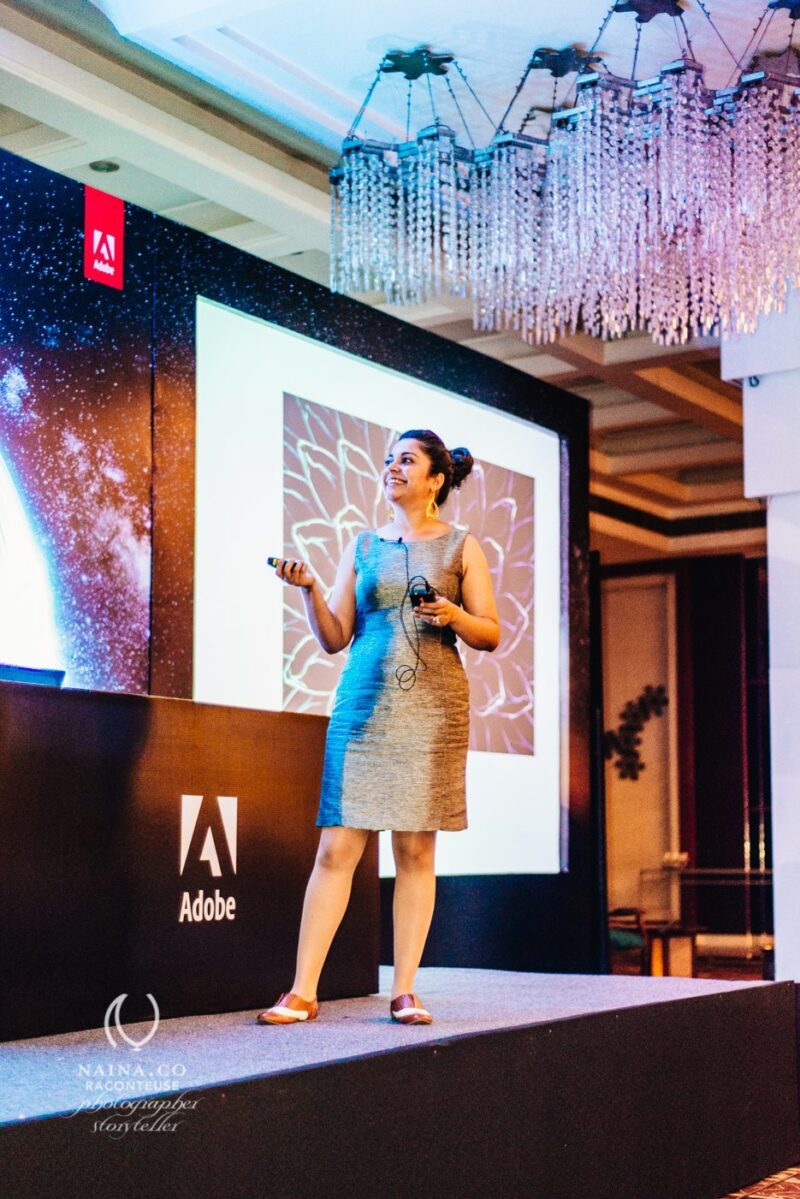
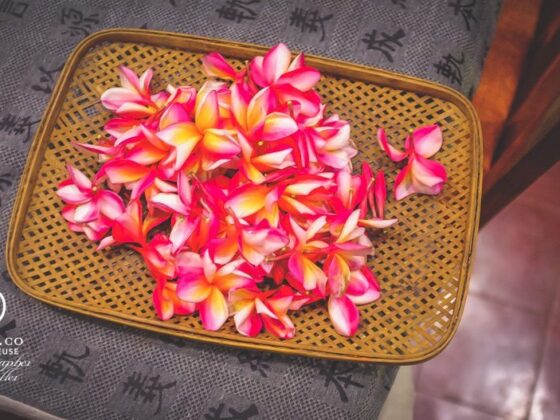
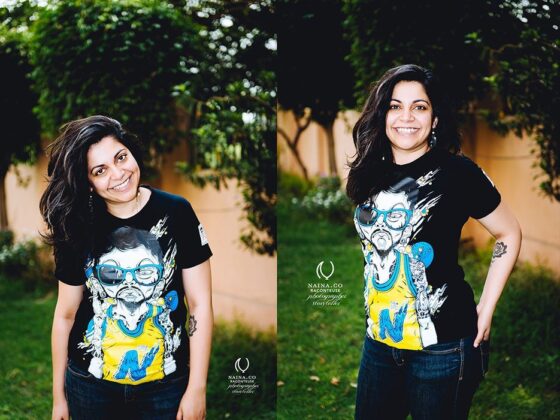
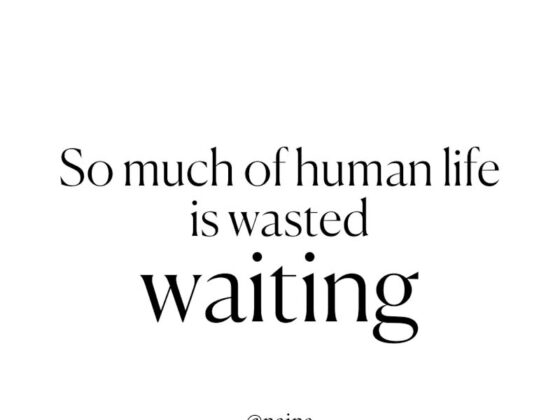
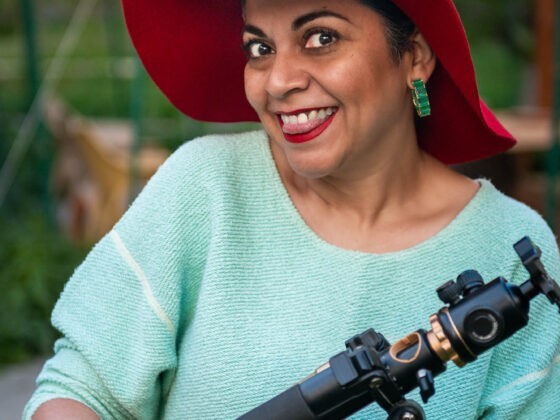
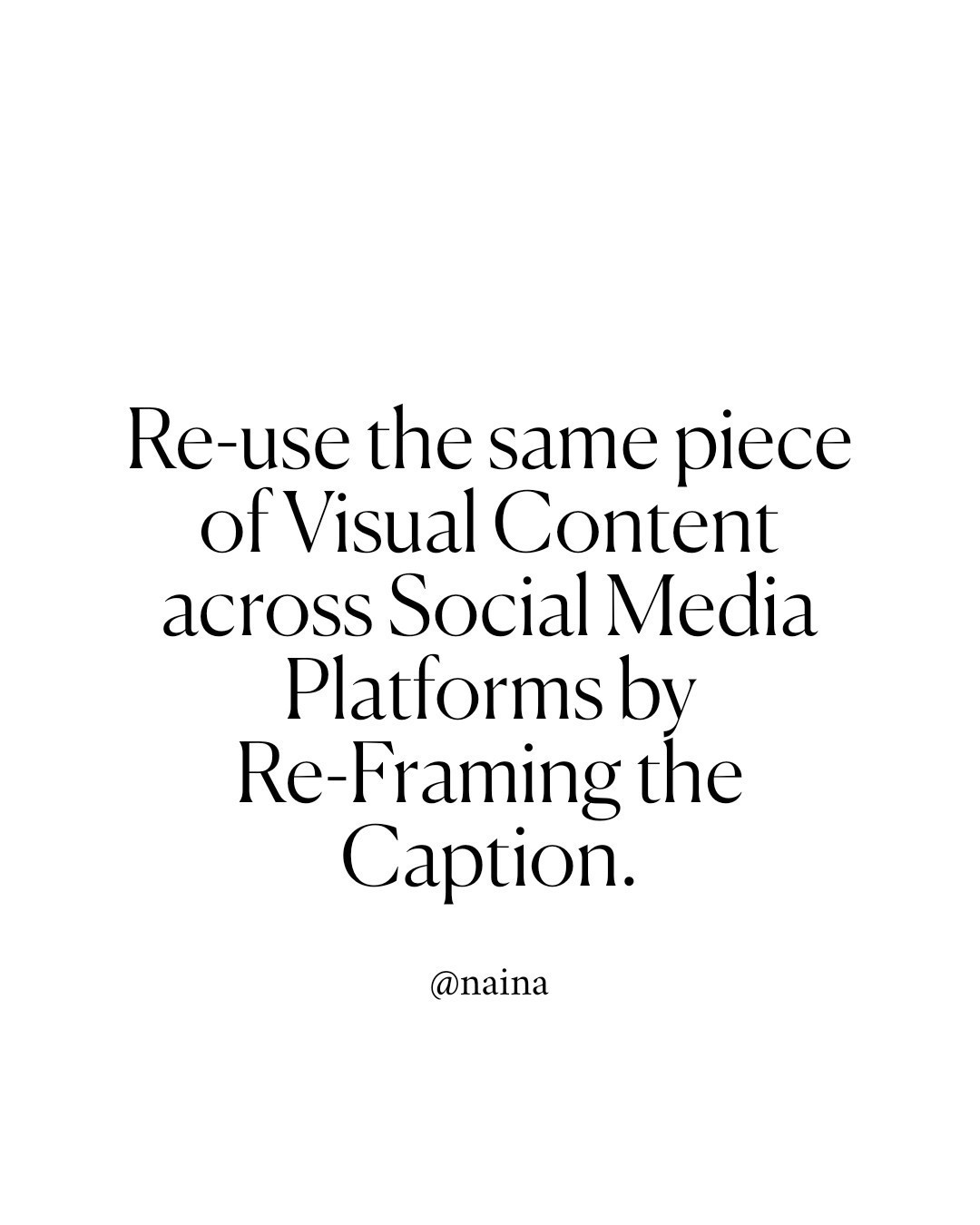
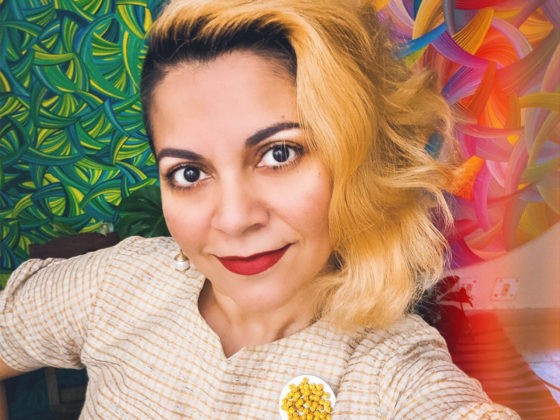
3 comments
goooooooooooooooooooooooood.
Hello Naina,
Congratulations on successfully moving into oration. I already follow your work via Facebook and find the entries quite inspiring. Is there a recording of the session that can viewed? like a TED session…
Sincerely,
Uday
Hi Uday, Thank you for your kind and encouraging words. As far as I am aware, no cameras were allowed in the hall and there is definitely no recorded session to my knowledge. If somehow someone did sneak in a recorder and recorded my session and if you ever do find out, please do share with me! 😀 Thank you!
Comments are closed.